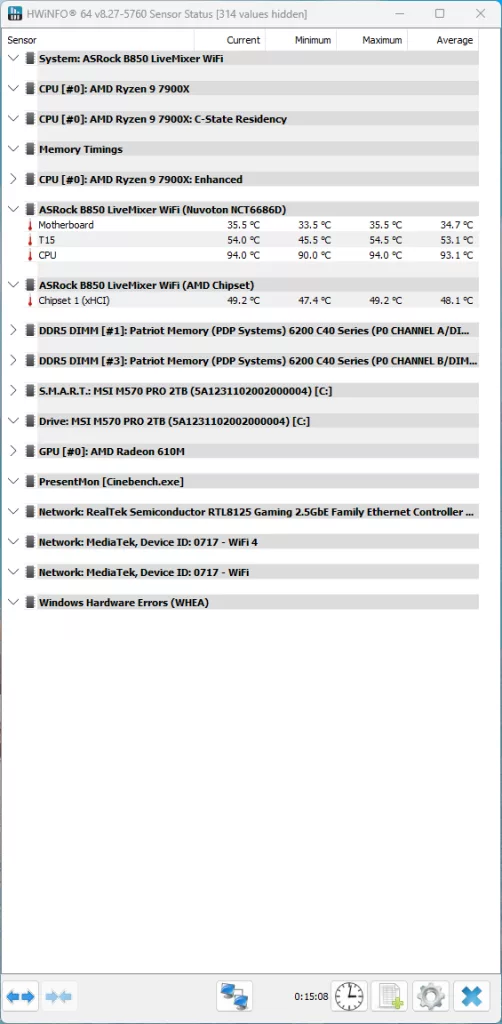
Introduction
On the test bench today is the new ASRock B850 LiveMixer WiFi, a standard ATX motherboard that has been designed with the streamer in mind. With the motherboard, ASRock has put streamers and content creators at the forefront of their design. They have pre-tested the motherboard with some of the more popular video capture devices from AverMedia, Elgato, and Yamaha.
With this being a motherboard targeted at streamers, and not enthusiasts, it is a little different from what we usually review here at TheFPSReview. The ASRock B850 LiveMixer WiFi comes ready to go with WiFi-7, a Gen5 x16 slot, two (2) Gen4 x4 slots, three (3) total NVME slots, and plenty of USB ports for peripherals. With an MSRP of $190, it slots in at about the average price we see on B850 motherboards, so the question is, what does it do better than the others?
Packaging and Contents
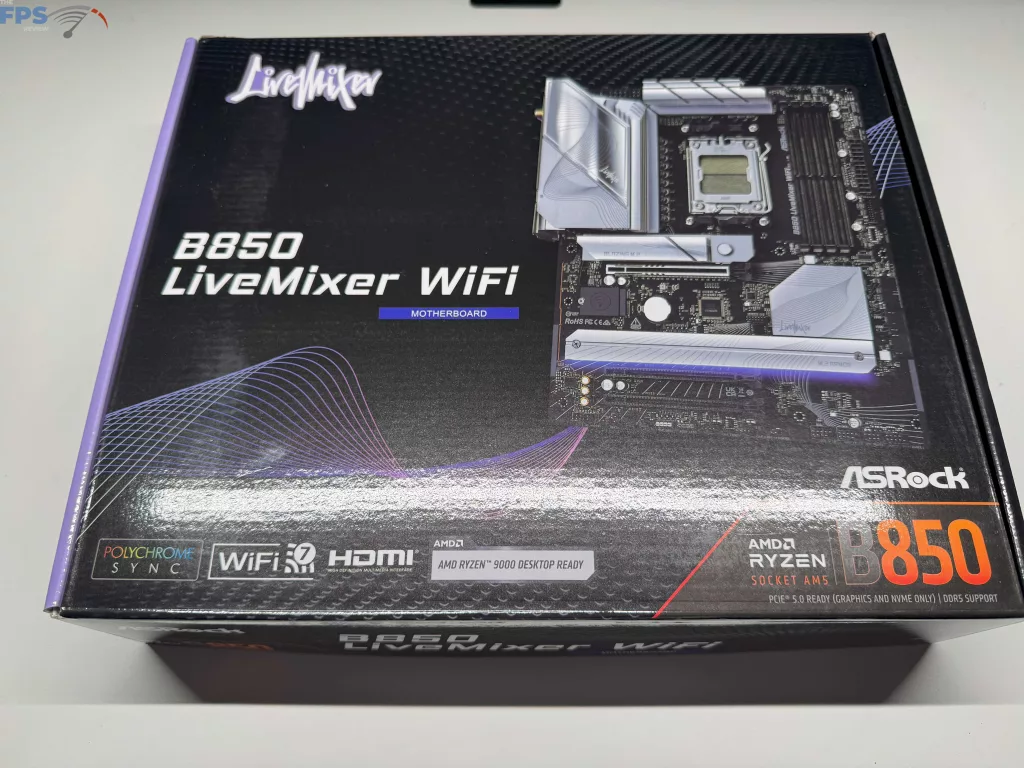
With a first look at the contents of the box for the ASRock B850 LiveMixer WiFi, you will find a relatively sparse offering. ASRock has supplied the user with two (2) SATA cables, antennas for the WiFi, a single Thermistor cable, a quick installation guide, the standard regulatory notices, and, of course, the ASRock B850 LiveMixer WiFi itself. That’s it. And honestly, not much more is needed for most users; this gets you everything you need, with the nice touch of having the Thermistor cable for in-case temperature monitoring.
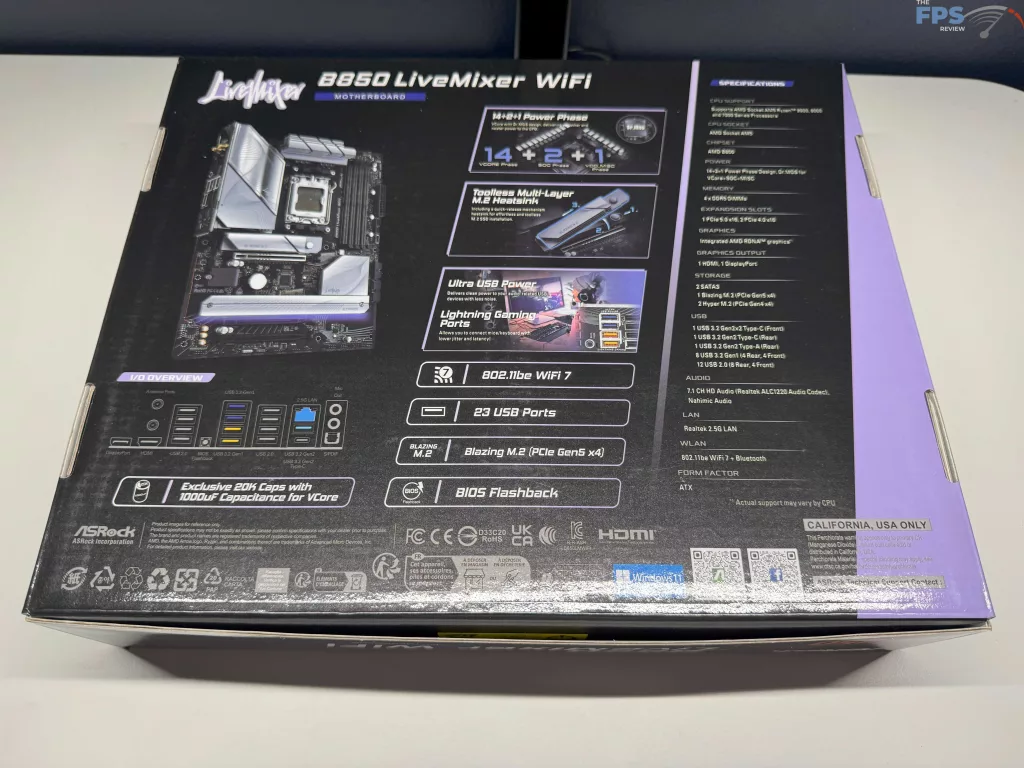
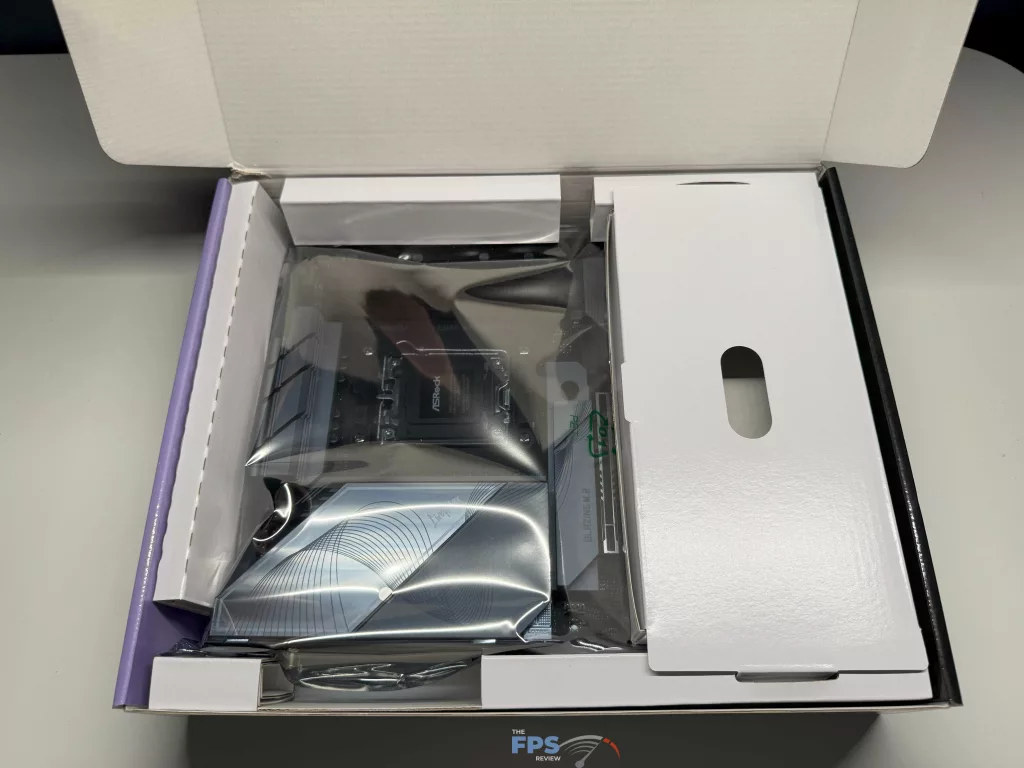
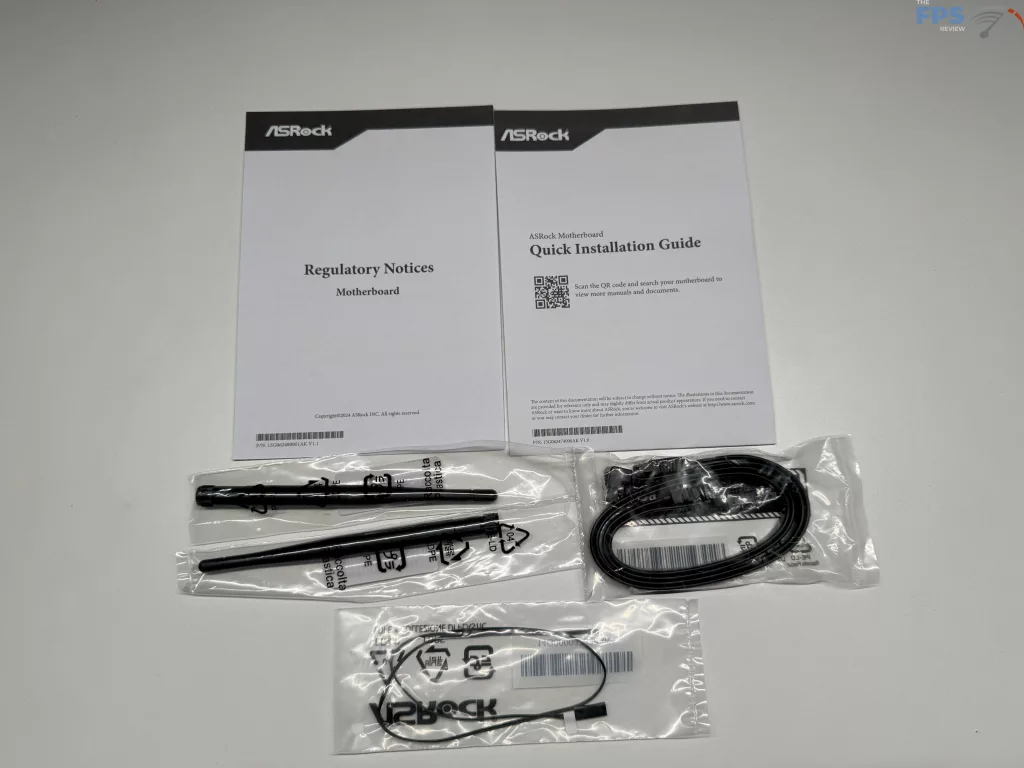
ASRock B850 LiveMixer WiFi Features
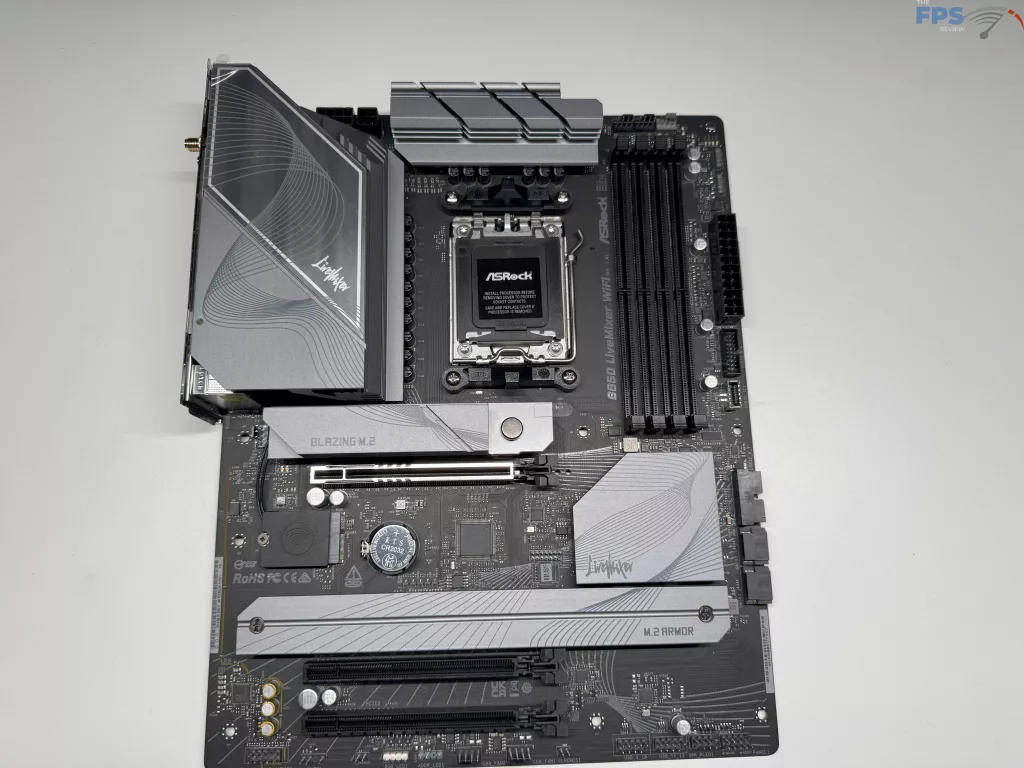
As we mentioned in the introduction, this is not a motherboard that is marketed to the gamer or even the workstation market. Instead, the ASRock B850 LiveMixer WiFi has been designed with the streamer and content creator in mind. For this, ASRock has provided the primary PCIe slot with a Gen5 x16 slot, along with two (2) more x4 for video capture cards, or other PCIe cards that might be needed. Beyond this, potential buyers will have the ability to add up to three (3) NVME SSDs and four (4) more SATA hard drives.
Power Delivery
For the B850 LiveMixer WiFi, ASRock has provided a very capable 14+2+1 power phase design. All power phases are controlled via the Dr. MOS Power Stage Solution, and is capable of 80 Amps of power delivery total. This gives you a motherboard that will be able to easily power all of the current generation AMD Ryzen CPUs, while not worrying about being able to fully accommodate AMD’s Precision Boost Overdrive (PBO) system.
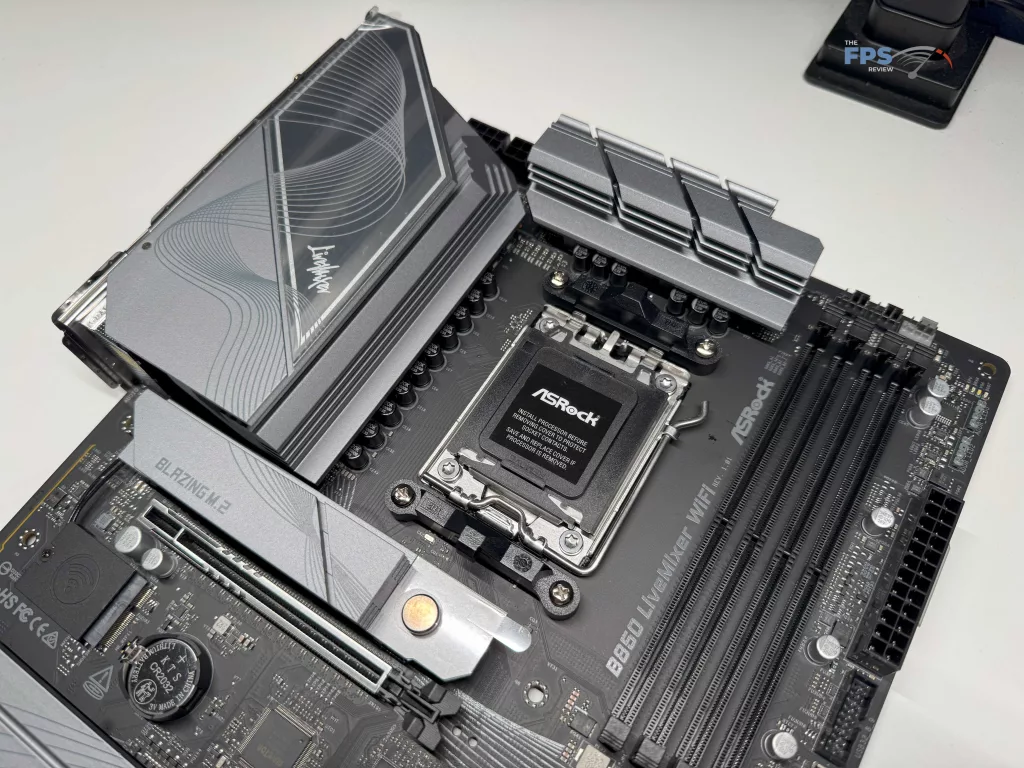
All of this is cooled in a pretty efficient manner with the large Aluminum Heatsink system. All of the power devices, VRM’s and MOSFET’s, are connected to an all-aluminum heatsink that is larger than some of the lower-end B850 motherboards we have seen on the market.
Memory and Storage
As with all B850 series motherboards, the ASRock B850 LiveMixer WiFi takes DDR5, unbuffered, non-ECC memory, with a maximum capacity of 256 GB (maximum of 64 GB per slot), which matches the maximum we have seen on a current generation motherboard. In addition to this, you will have AMD EXPO support for memory overclocking, with which our Patriot DDR5 kit had no issues hitting its XMP/EXPO speed of 6,400 MHz. ASRock has a claimed maximum speed of 8,000 MHz, but at this time we are unable to confirm.
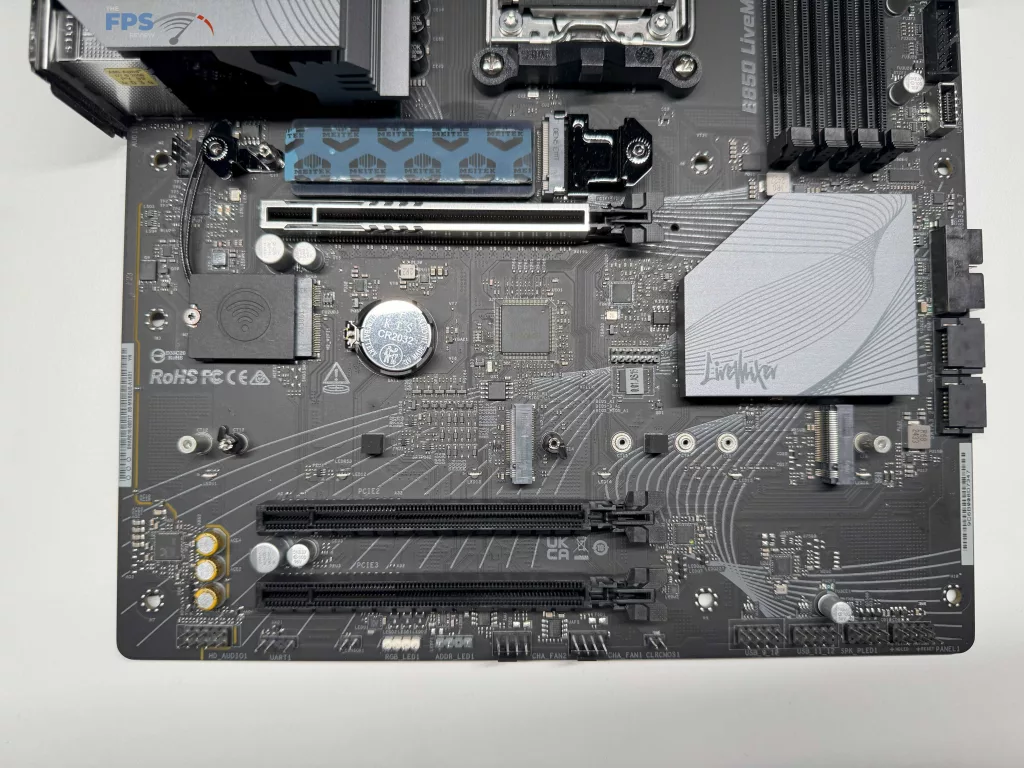
For storage, this motherboard has three (3) M.2 slots for NVME drives, all supporting up to 2280-sized NVME drives. All three slots have an Aluminum Heatsink that attaches directly to the motherboard, with the M2_1 Gen5 slot is an extra-large size and requiring no tools for removal, while the lower two slots have what ASRock is calling “Enhanced Cooling,” which is a slightly thicker than normal Aluminum heatsink. A nice touch on the lower drives is that ASRock has provided Anti-Drop screws, so it will be difficult to lose or accidentally drop one out of the heatsink.
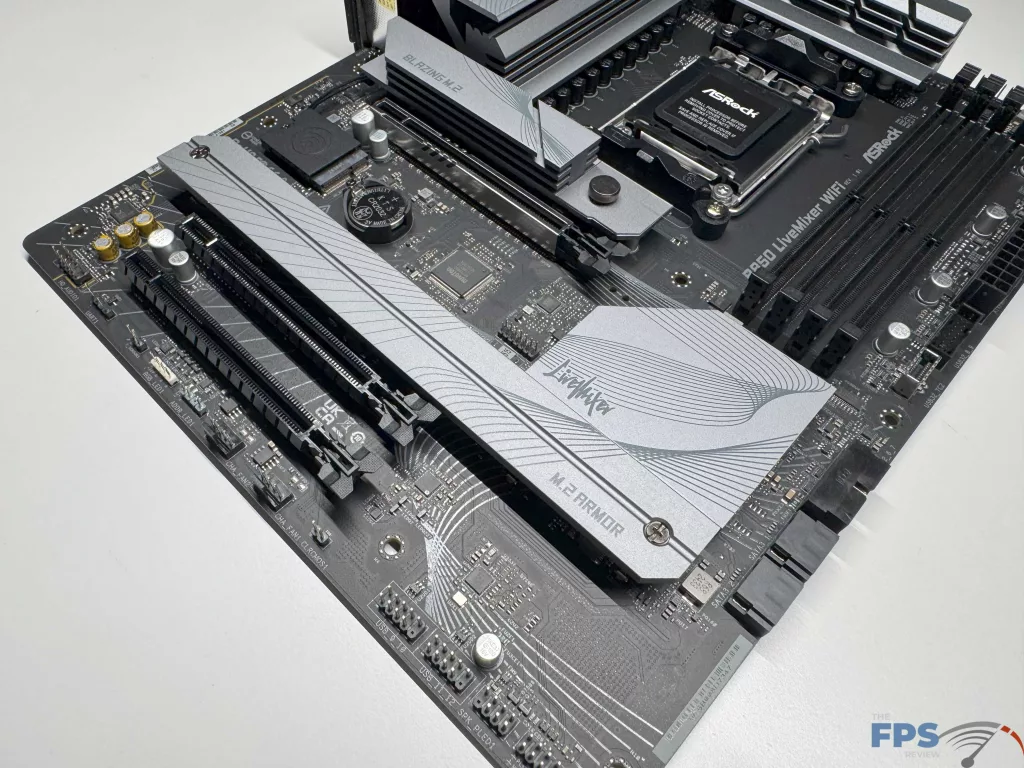
The top-most drive, M2_1, is the lone Gen5 slot provided by the CPU, while the remaining two slots are Gen4 slots, with M2_2 being provided by the CPU as well. The last slot, M2_3, is provided from the B850 chipset, and when in use, will disable the bottom-most PCIe slot. This last slot is also the only one capable of supporting any size other than 2280; it can go down to a 2230-sized drive.
The last thing we want to mention is that ASRock has provided two (2) total SATA 6 GB/s ports for any other storage the end user might want to include.
Expansion
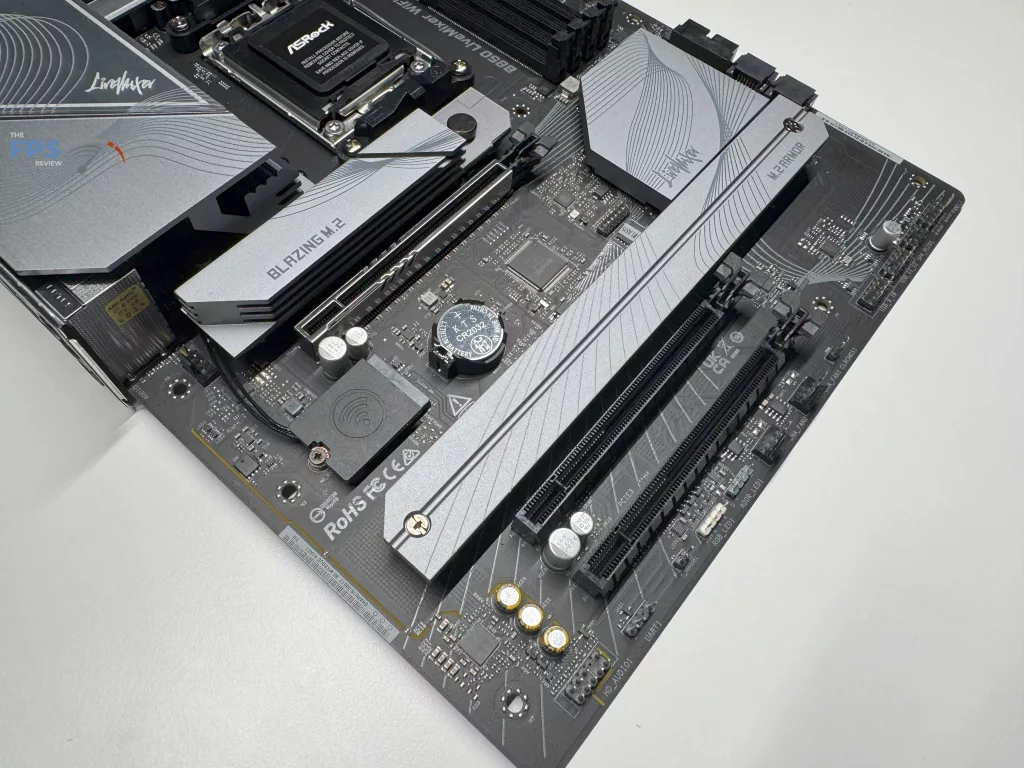
The ASRock B850 LiveMixer WiFi has three (3) total PCIe slots, and a single M.2 Socket (Key E) available for expansion devices. Of the three (3) slots, only the uppermost slot is a Gen5 slot that supports x16 mode, while the remaining two (2) are Gen 4 slots that only support x4 mode. Only the topmost slot has metal reinforcement to support the size and weight of the current graphics cards on the market. The lower two slots have nothing special associated with them, with the only thing of note being that the lowest slot will not function with the M2_3 slot is in use. Lastly, there is the M.2 socket that is used for the WiFi card that comes with the board; if desired, this should be able to support a TPU similar to a Google Coral with little issue.
I/O
The I/O on the ASRock B850 LiveMixer WiFi is jam-packed, which isn’t a surprise considering its intended audience. You will find provisions for a total of 23 USB ports, with 14 of them on the rear I/O itself. Of those 14, you will find a single USB 3.2 Gen2 Type-C port, and two more USB 3.2 ports (one Gen 1, and one Gen 2), all of which are provided by the CPU. After that, there are an additional three (3) Gen 1 USB 3.2 ports and eight (8) USB 2.0 ports from the chipset. You have the option to add an additional USB 3.2 Gen2 Type-C, four (4) USB 3.2 Gen 1, and four (4) more USB 2.0 ports from headers on the motherboard.
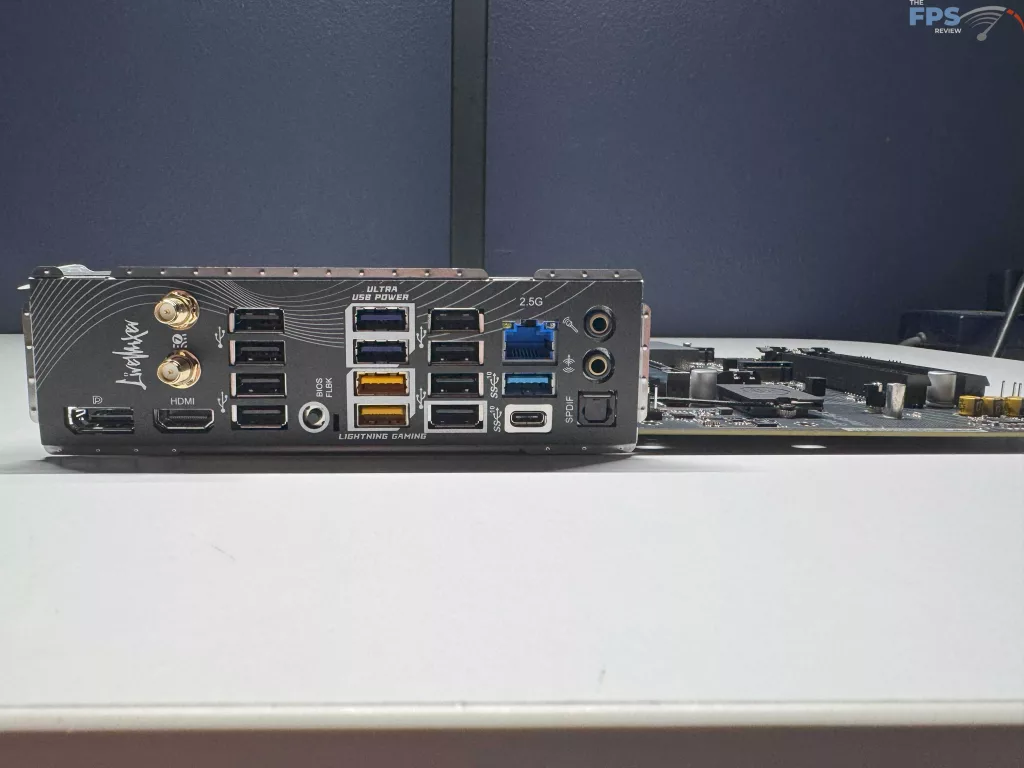
Outside of the USB options, you will find a single 2.5G RJ-45 port that is provided by the Dragon RTL8125BG chipset from Realtek, along with the two antenna ports for the Wi-Fi 7 card that is pre-installed, which is a MediaTek RZ717 WiFi 7 card with Bluetooth 5.4 and MU-MIMO support. Following this, there are a few more items you will find: the HDMI and DisplayPort 1.4 ports for video connection, an Optical SPDIF Out port, a Line Out and Microphone Input Jack from the Realtek ALC1220 Audio Codec, and finally, the BIOS Flashback Button to help when a BIOS update goes wrong.
The last items we want to point out are the various connectors on the motherboard that we have not touched on yet. Outside of the standard power connectors you will find a single RGB LED Header for support of up to a 36W LED strip and additional 3 ARGB connectors supporting 15W LED strips, two CPU fan connectors (4-Pin), three (3) system fan connectors (4-Pin), and one (1) AIO Pump Fan connector (4-Pin). All of the 4-pin connectors are controllable with ASRock’s Smart Fan Speed Control within the BIOS or from Windows.
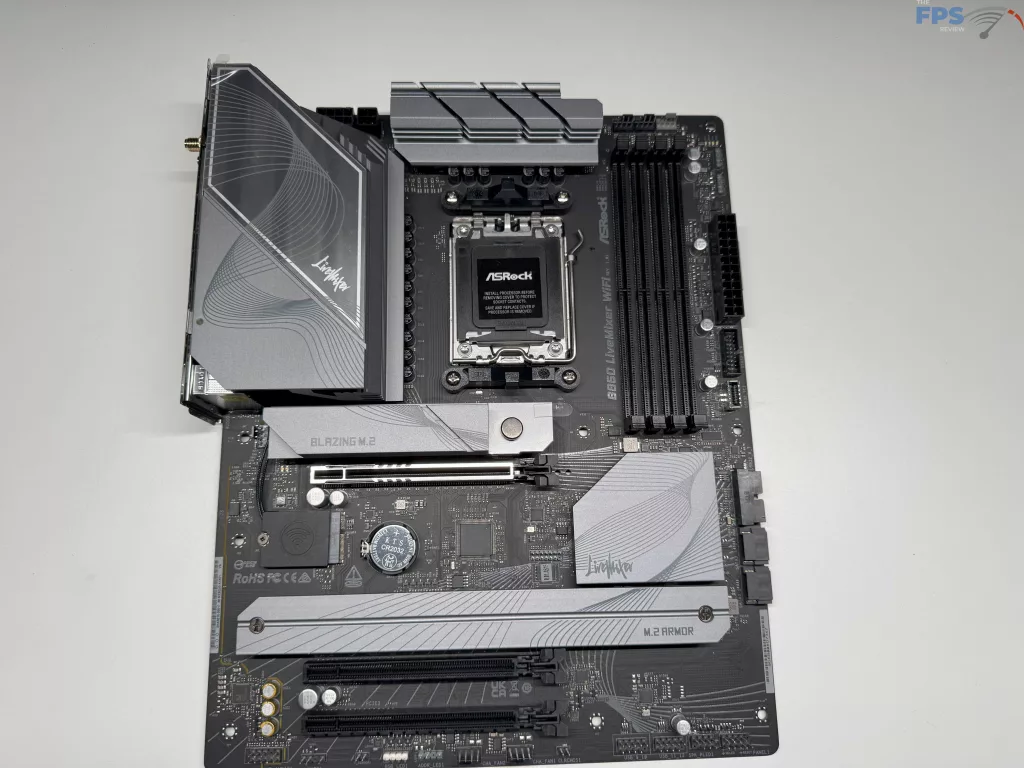
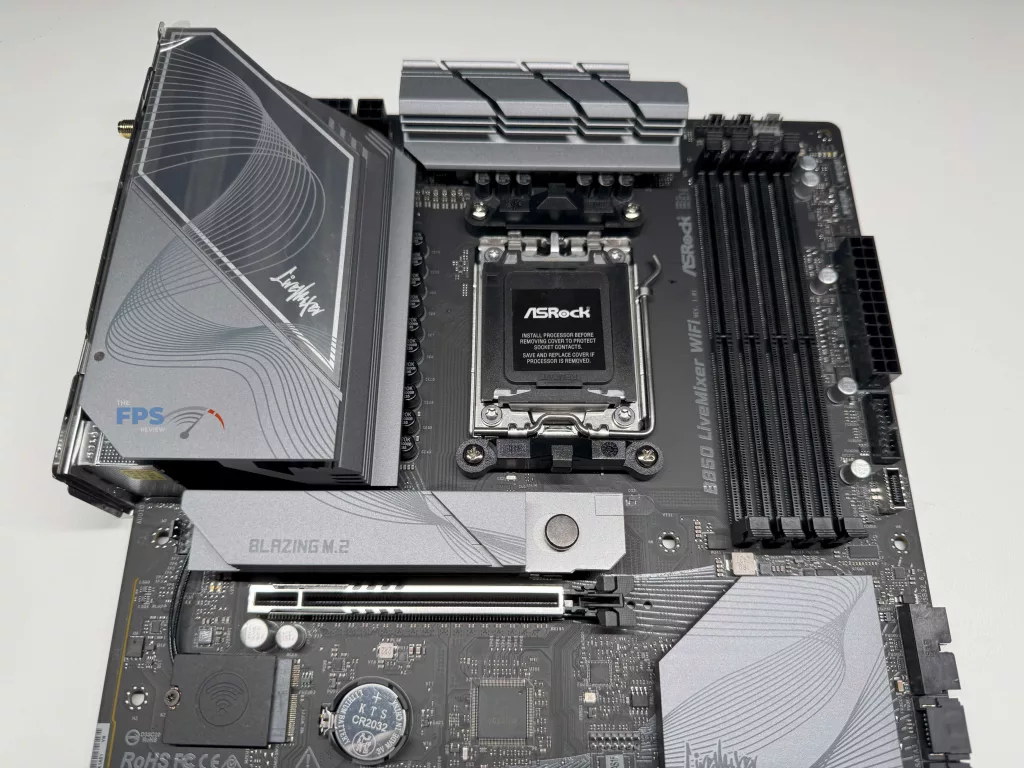
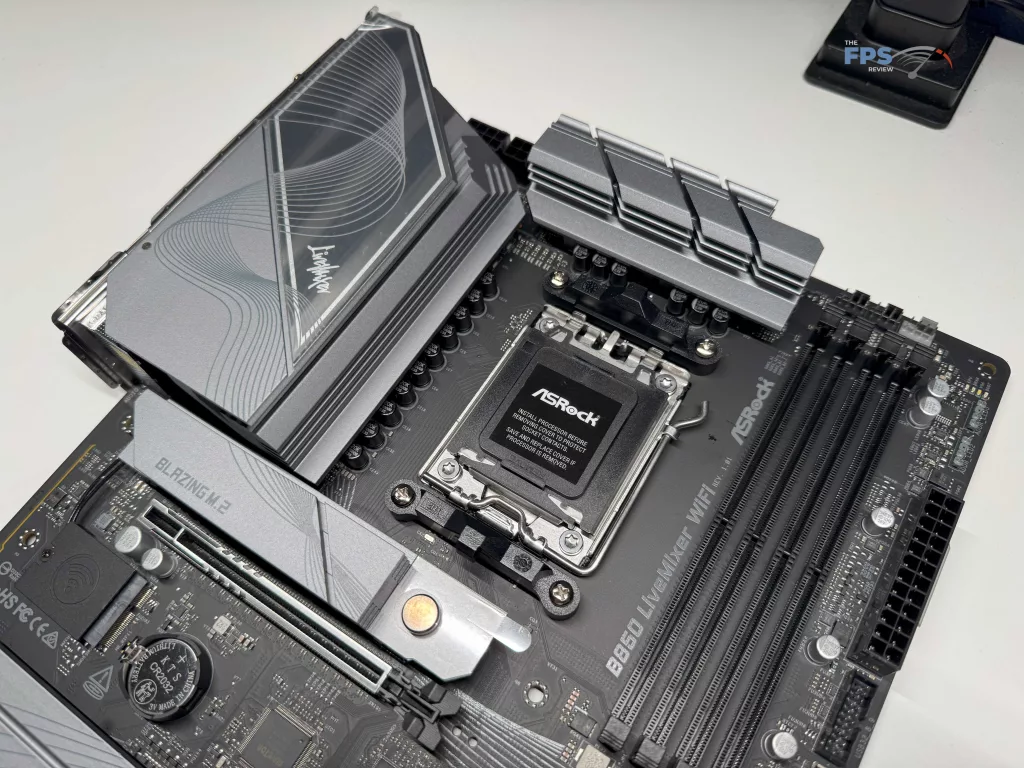
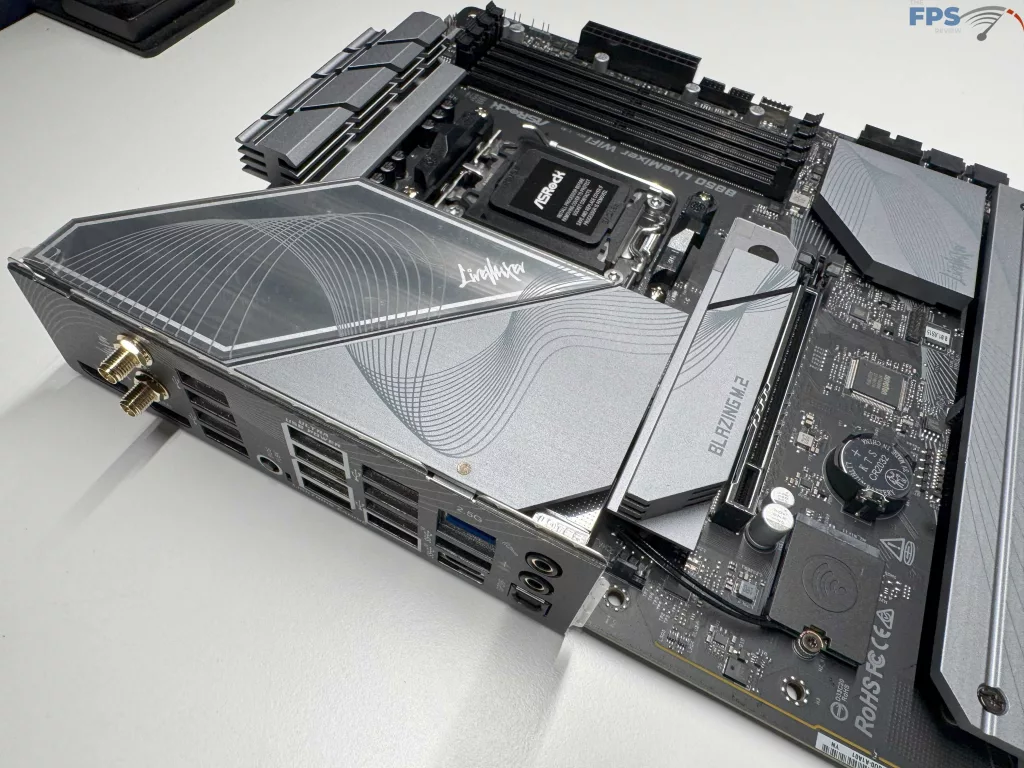
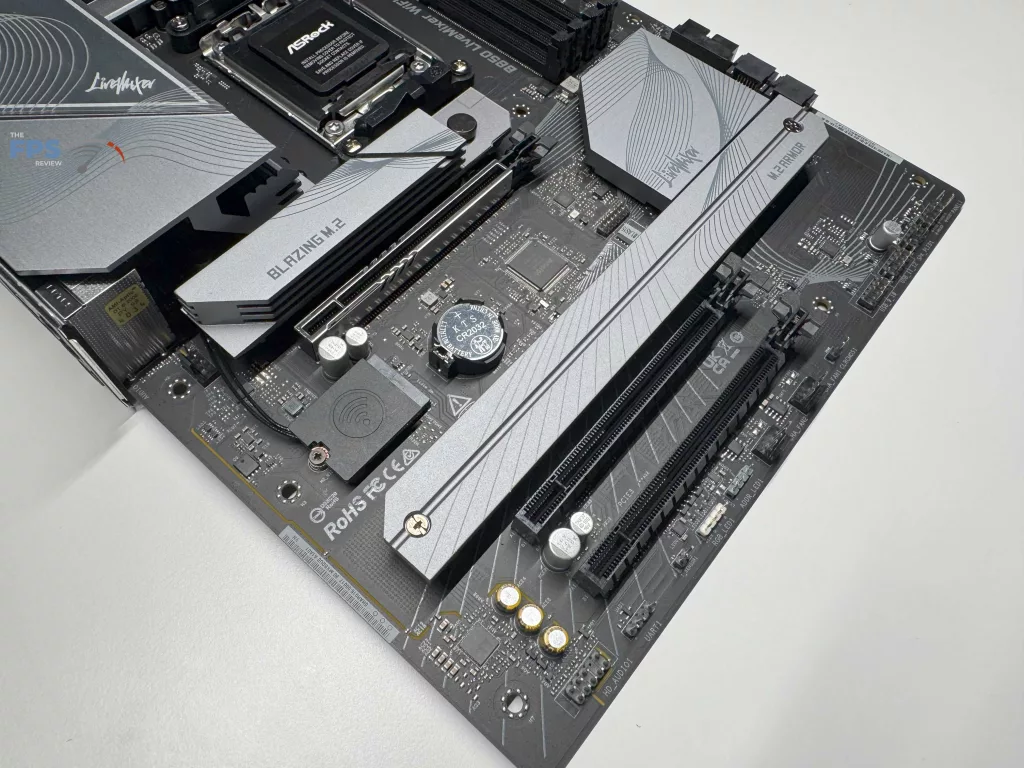
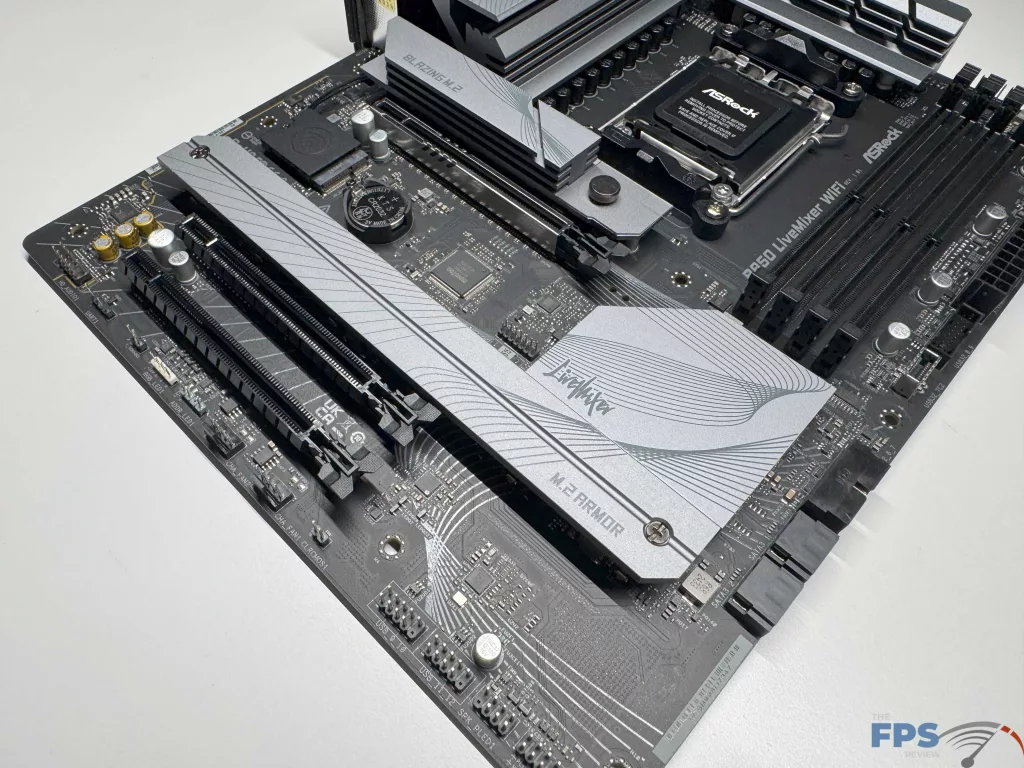
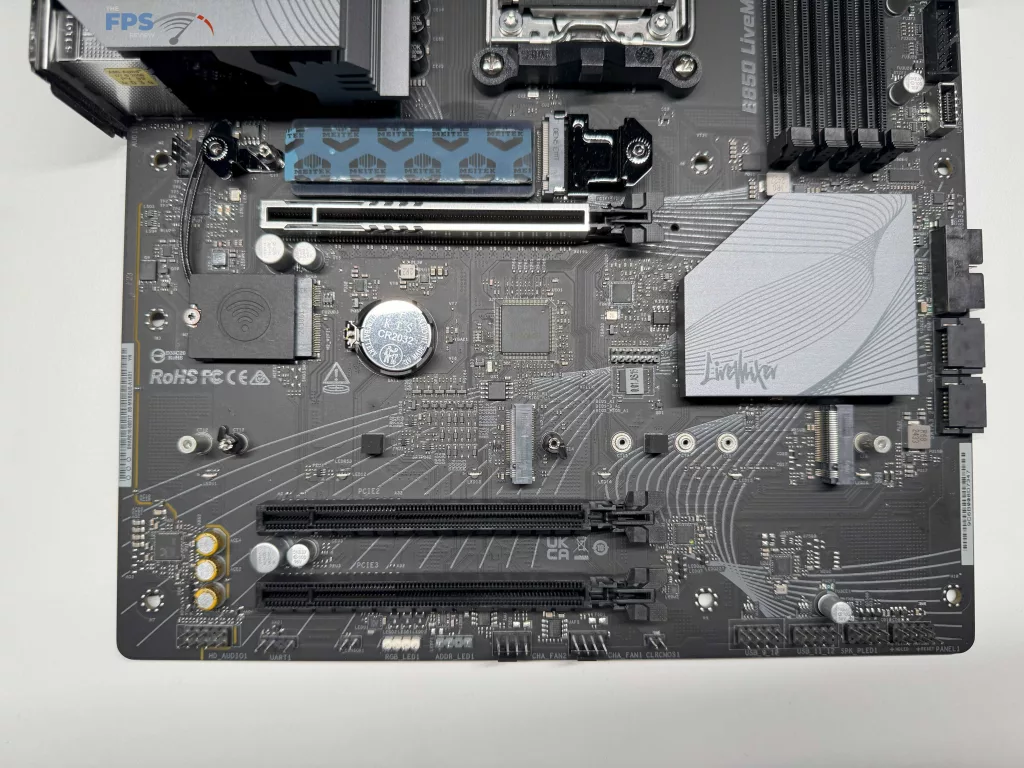
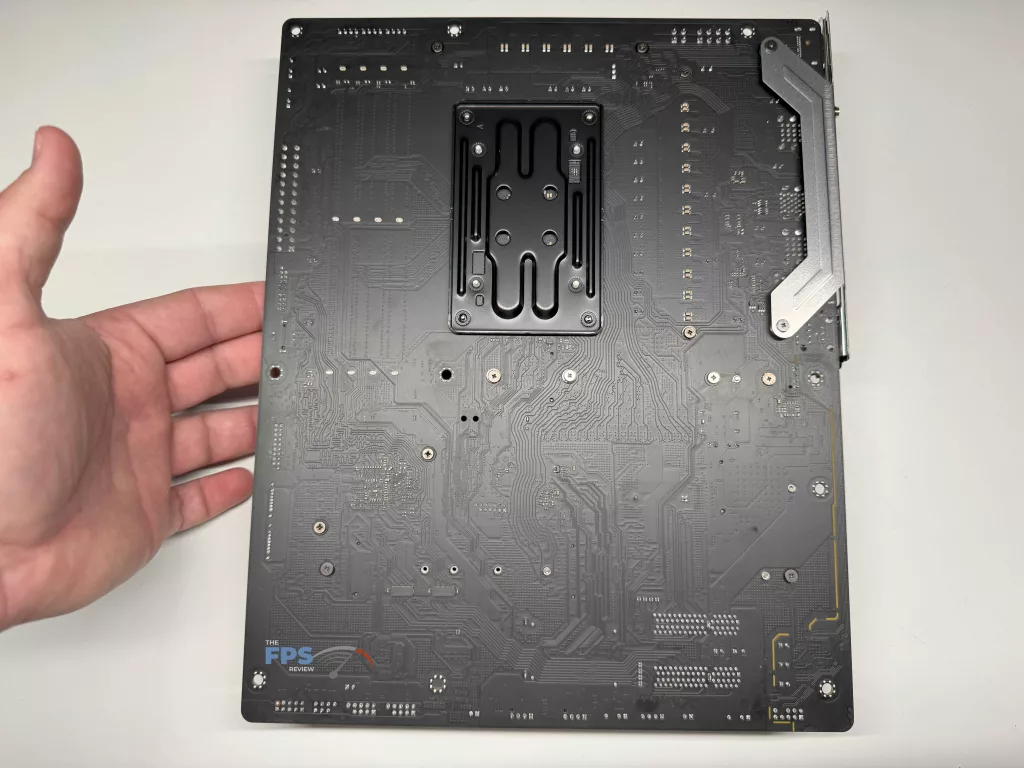
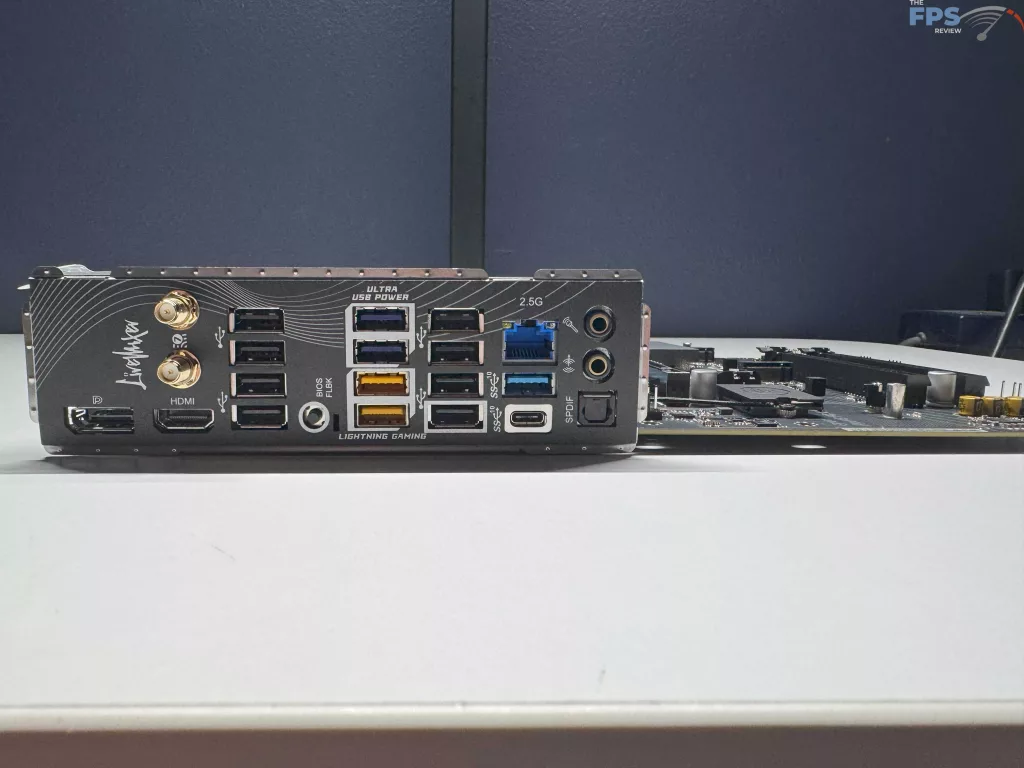
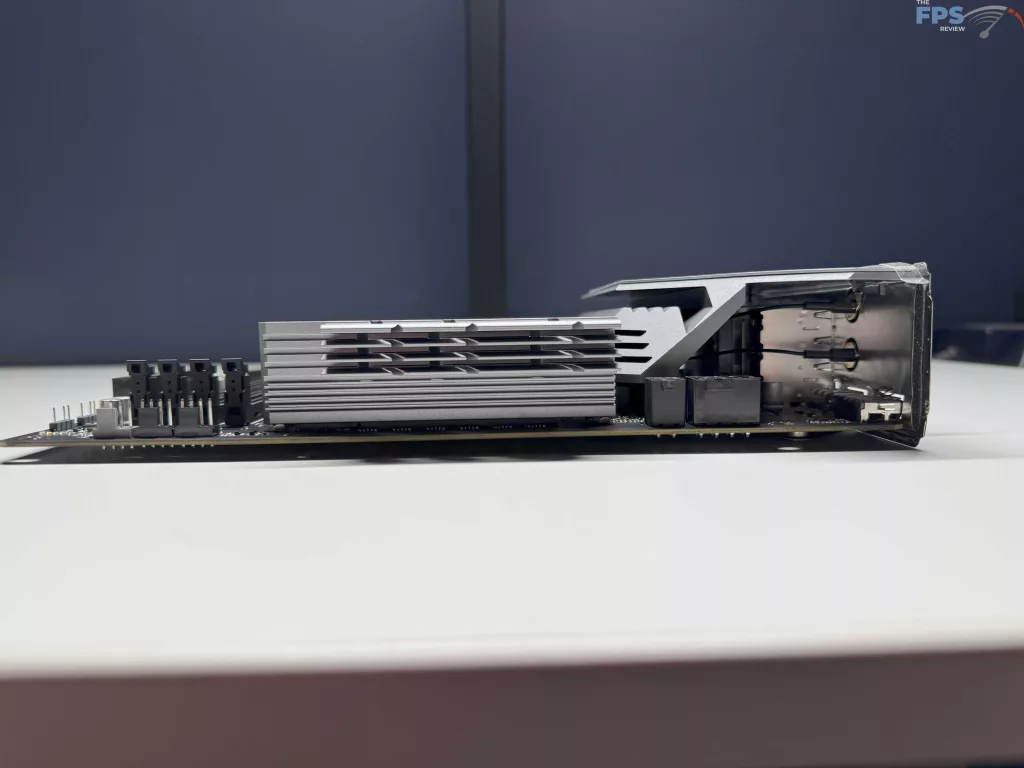
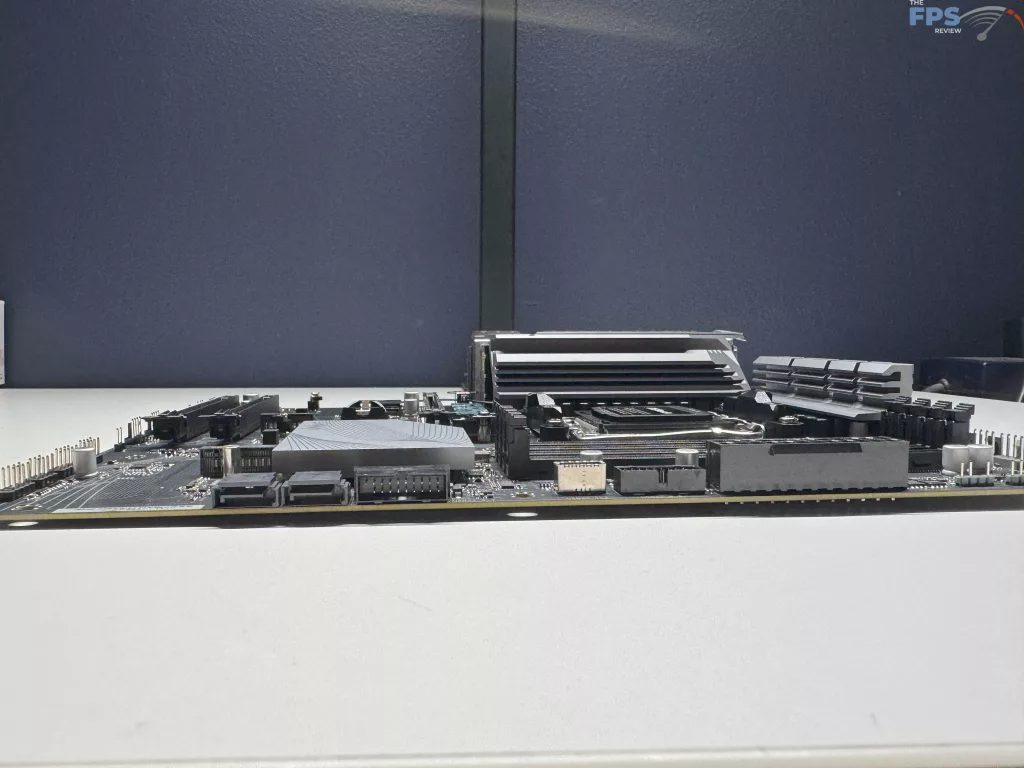
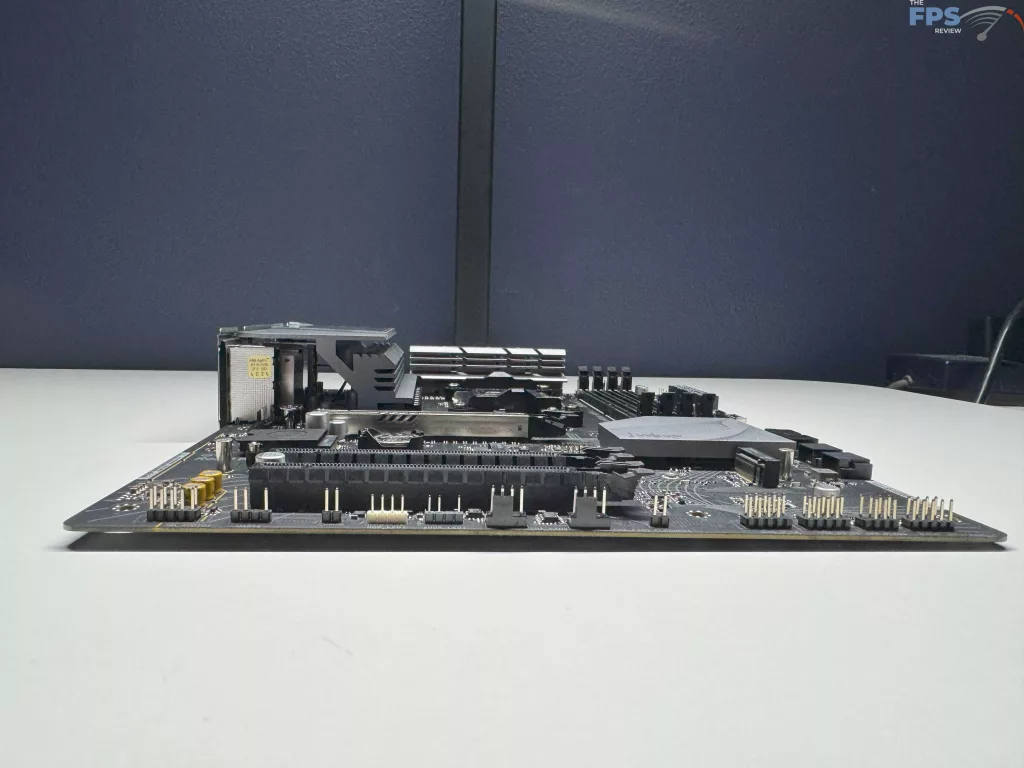
UEFI
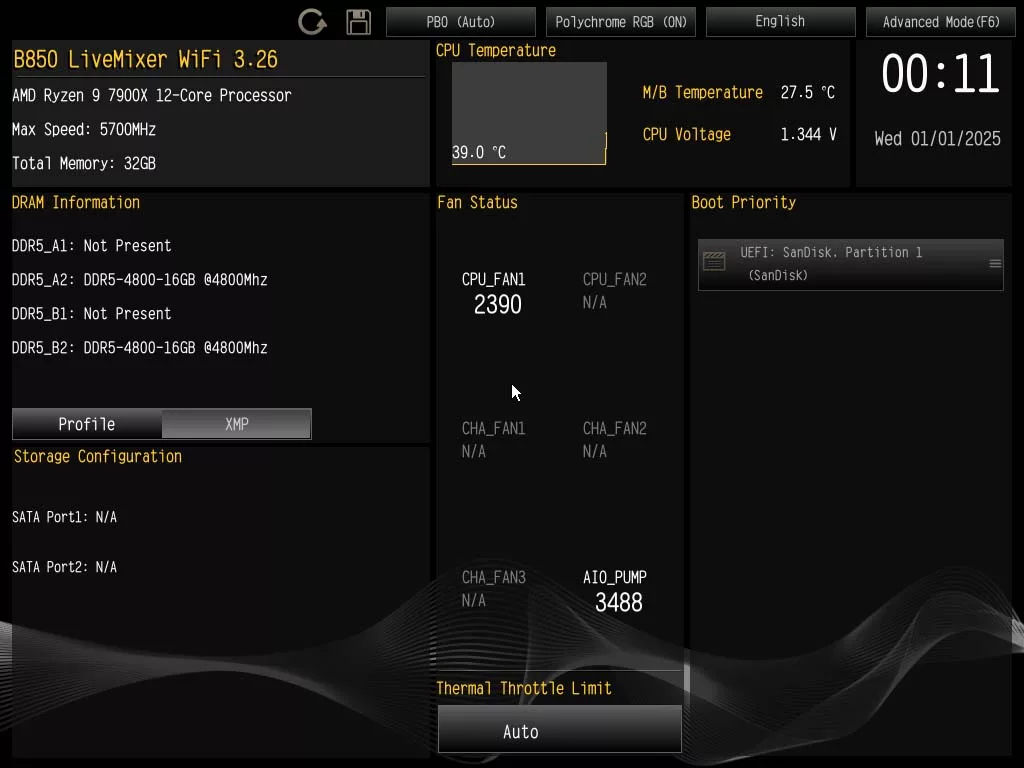
ASRock is using its standard UEFI BIOS with the ASRock B850 LiveMixer WiFi. With this, there are no real deviations beyond the previous generations, or frankly, any other ASRock motherboard we have seen. When you first enter the BIOS, it opens to the Advanced Mode screen, instead of the typical Easy Mode we are used to. Luckily, it is easy to swap between the modes by hitting “F6” on any screen.
Within Easy Mode, you will quickly see information on your system, from your DRAM information to XMP settings, to fan speeds, to quick temperature references, all at a quick glance. Keep in mind that if you are looking to adjust anything further than RAM speeds or your fan speeds, you will need to go into the Advanced Mode.
Once you are in Advanced Mode, you will be able to change essentially any setting you might want to for any reason. We have taken screenshots of most screens and settings available to be adjusted. Take a quick look at the gallery below to see them all.
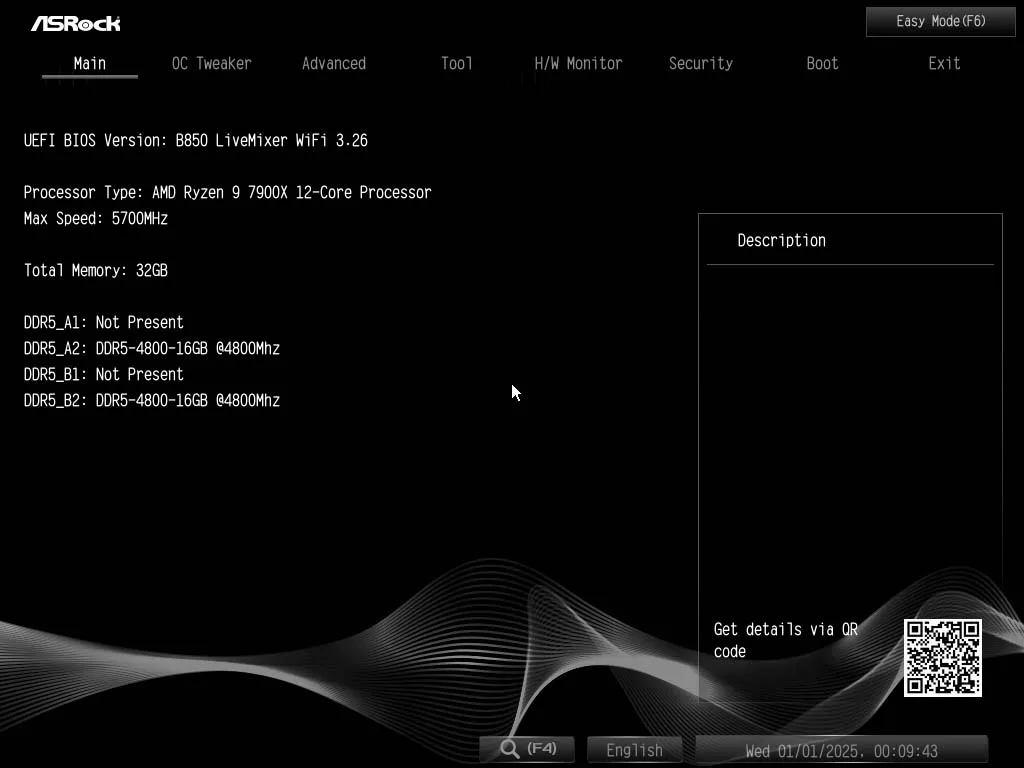
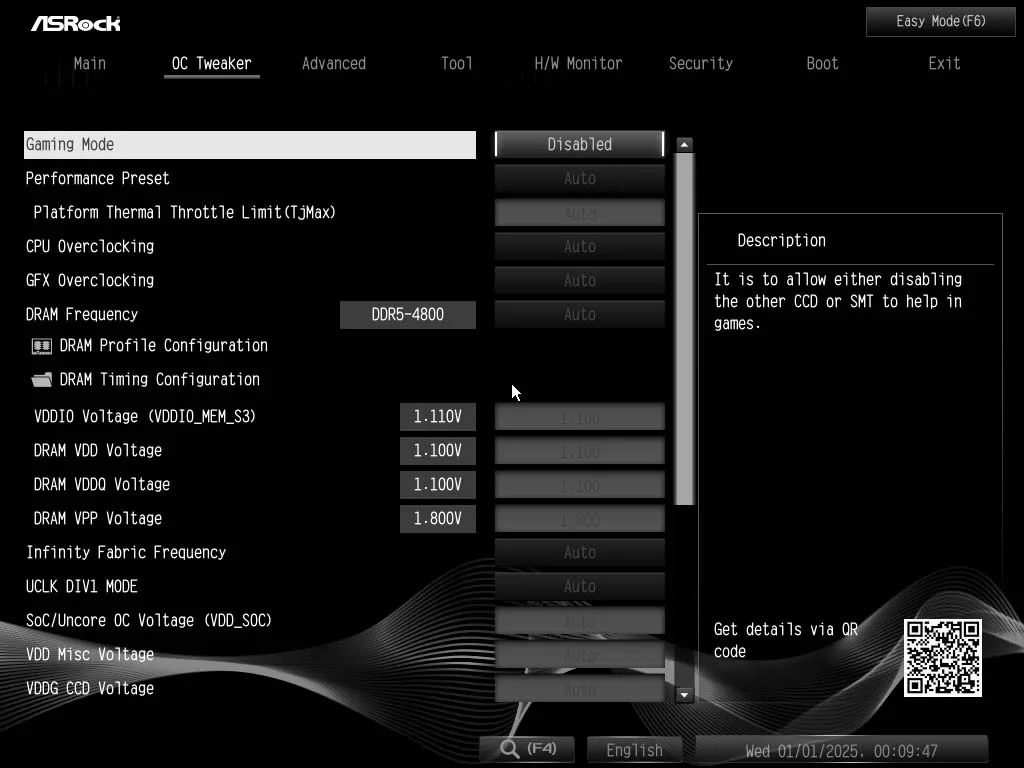
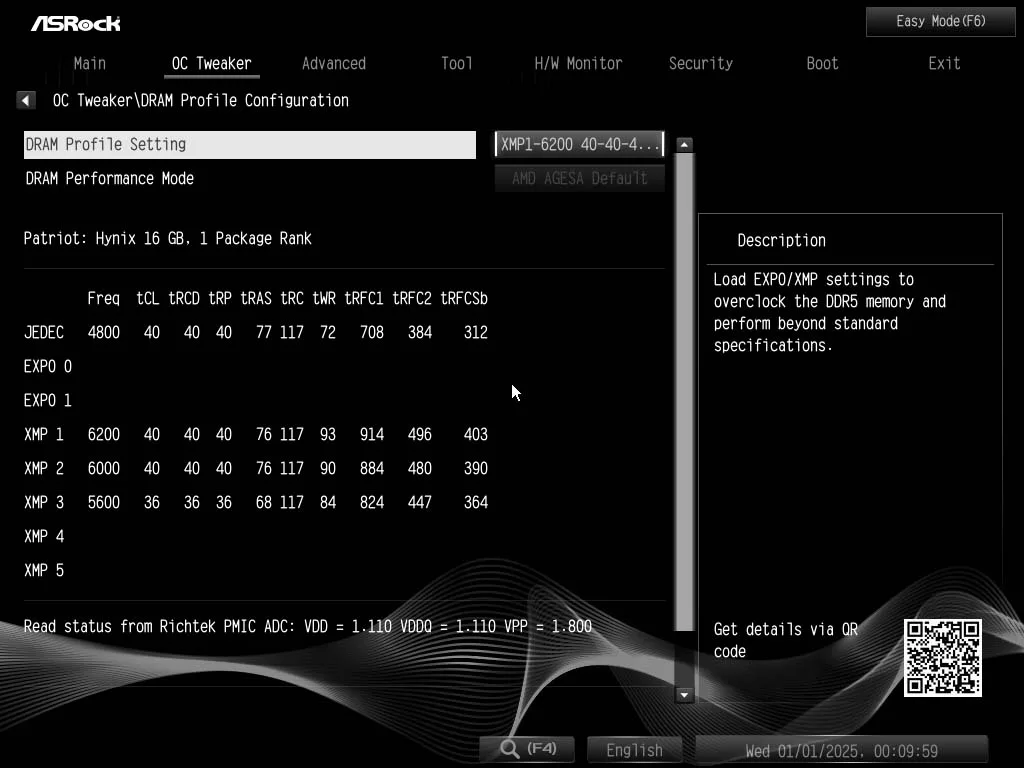
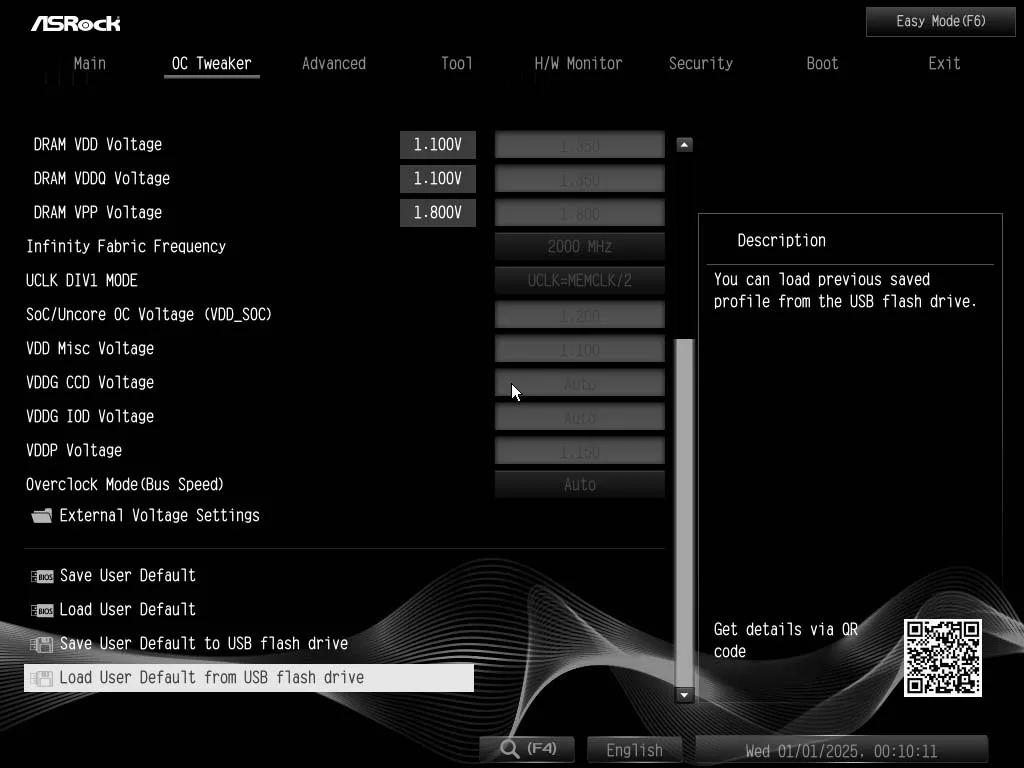
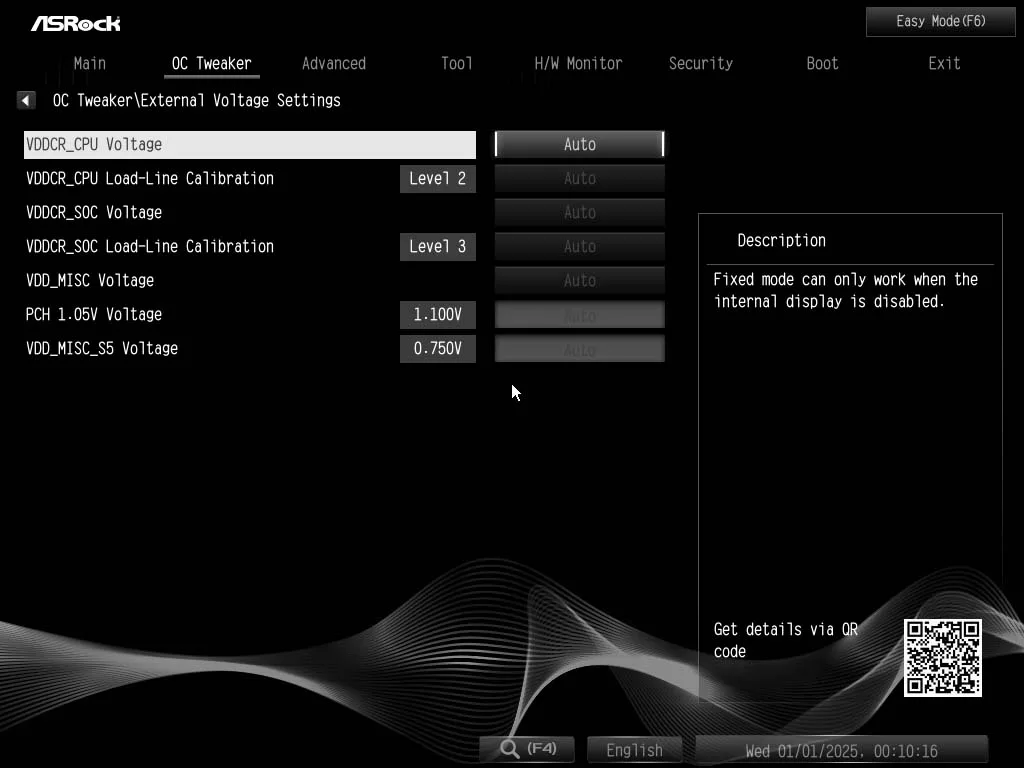
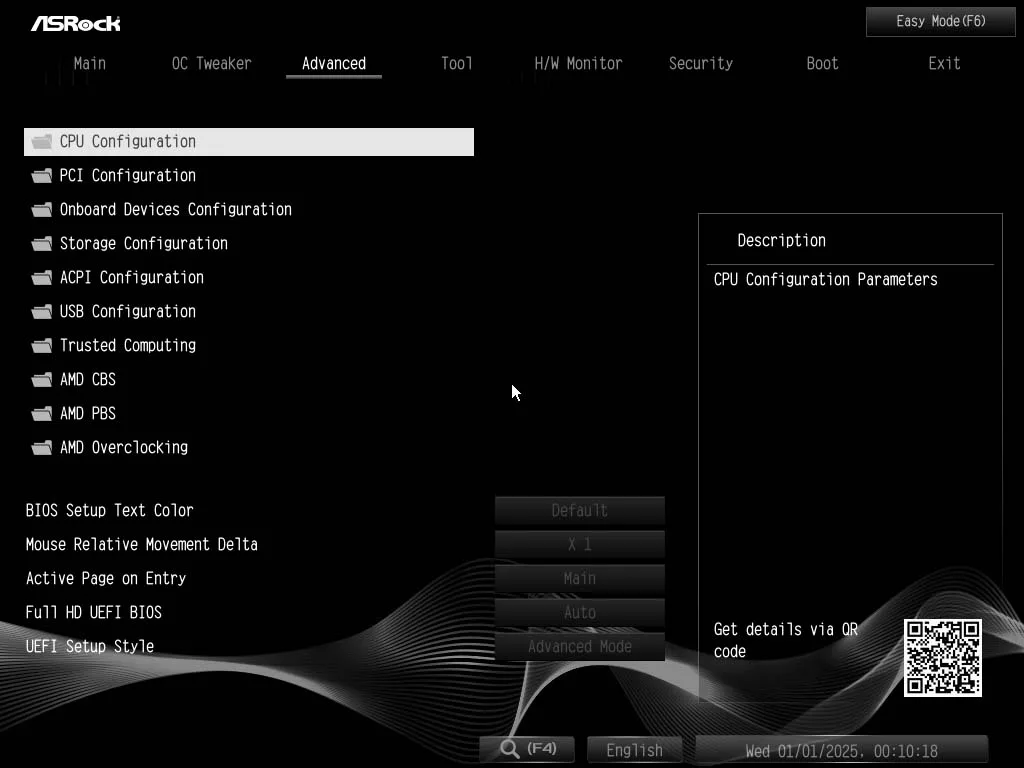
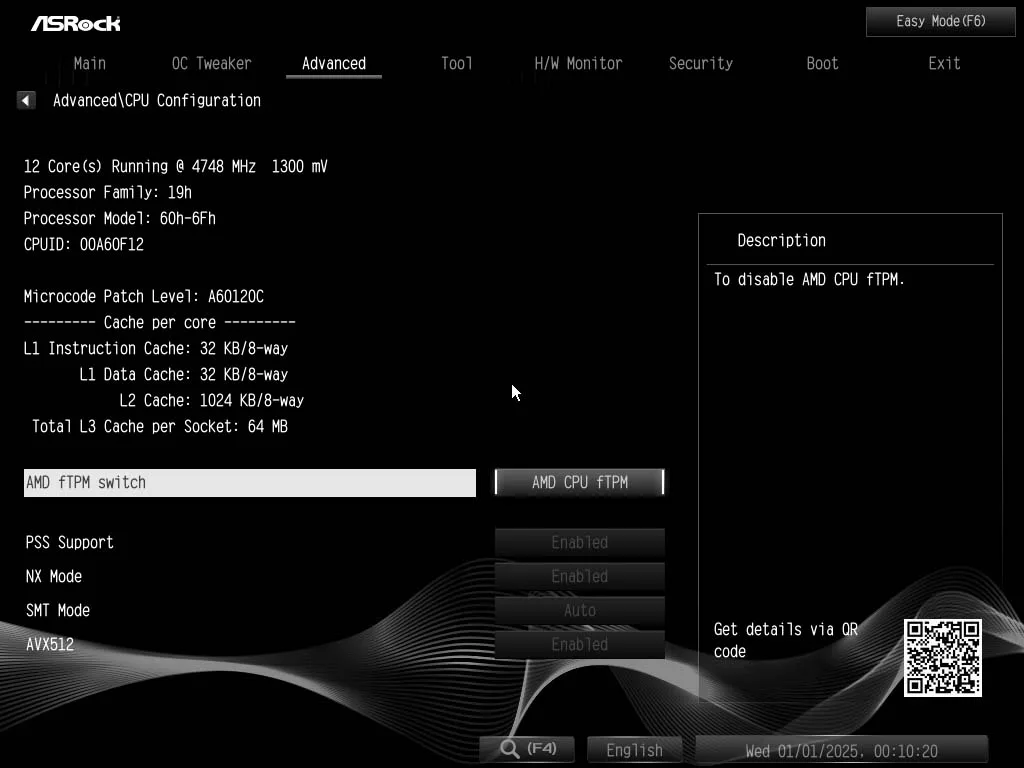
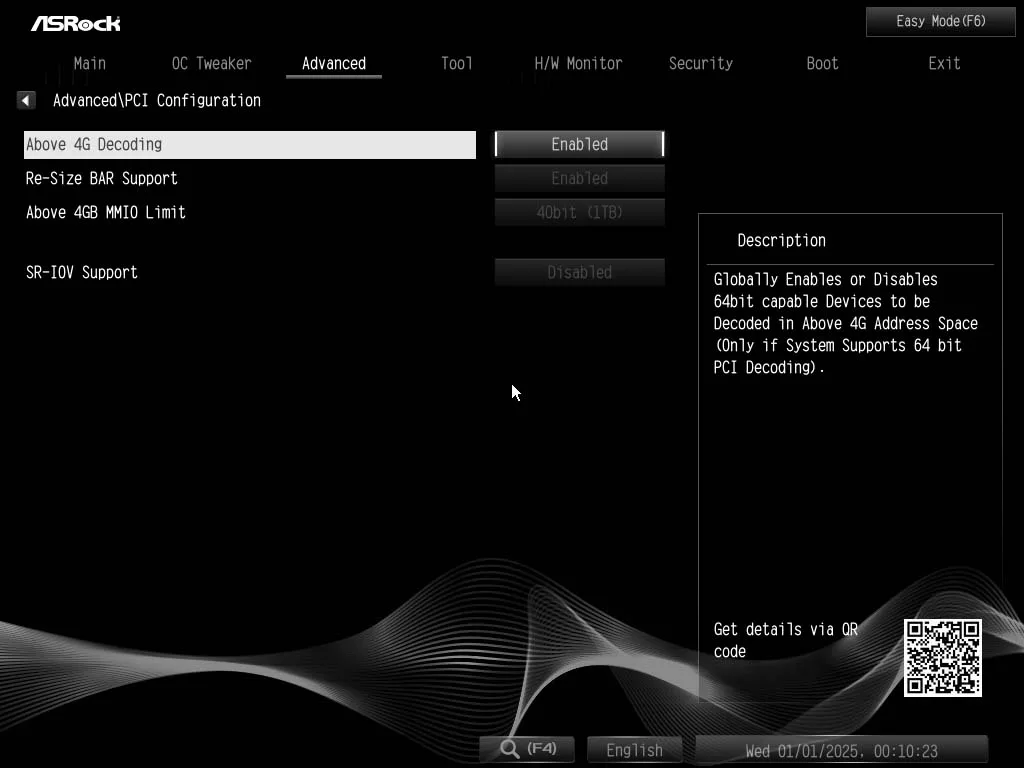
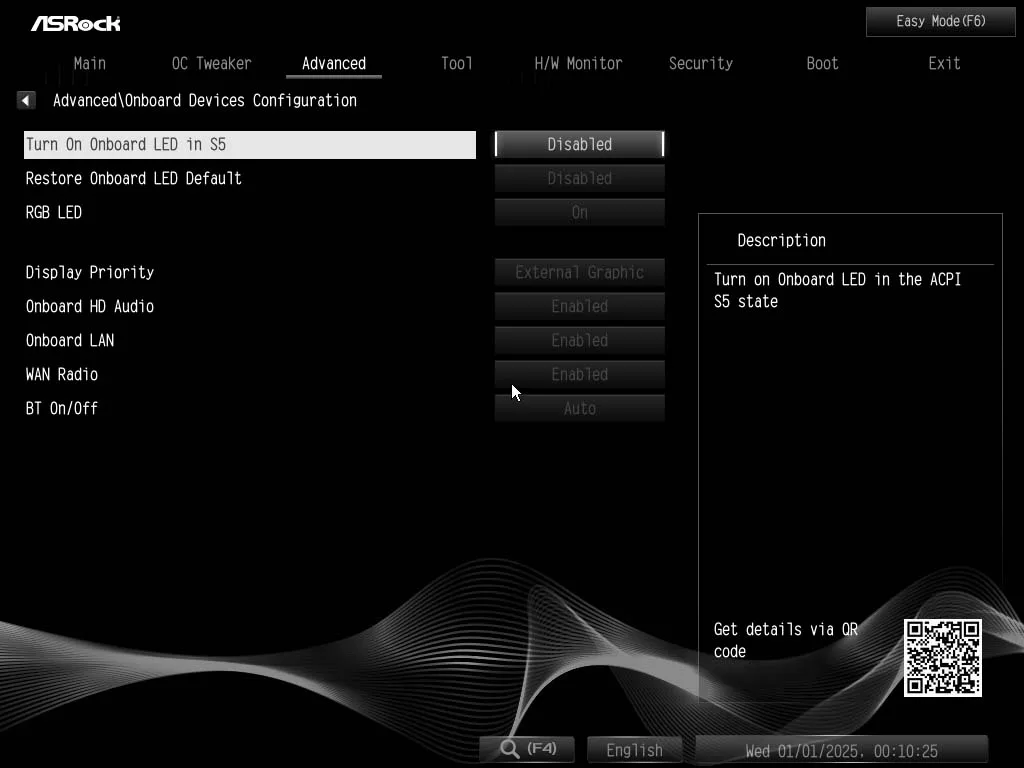
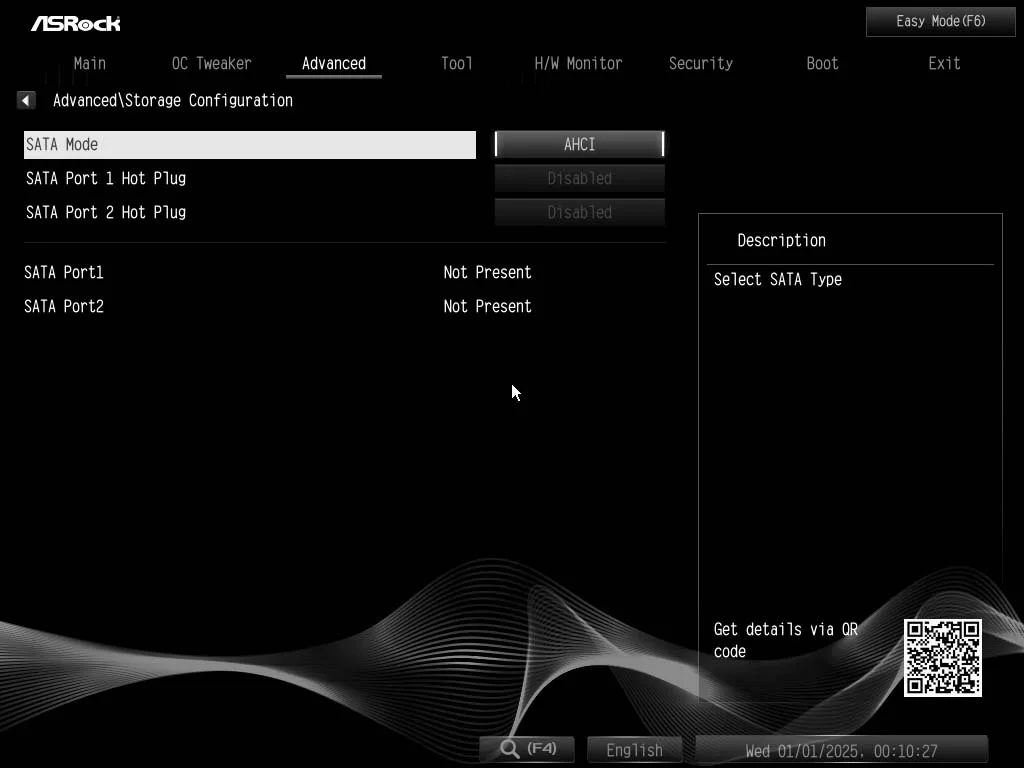
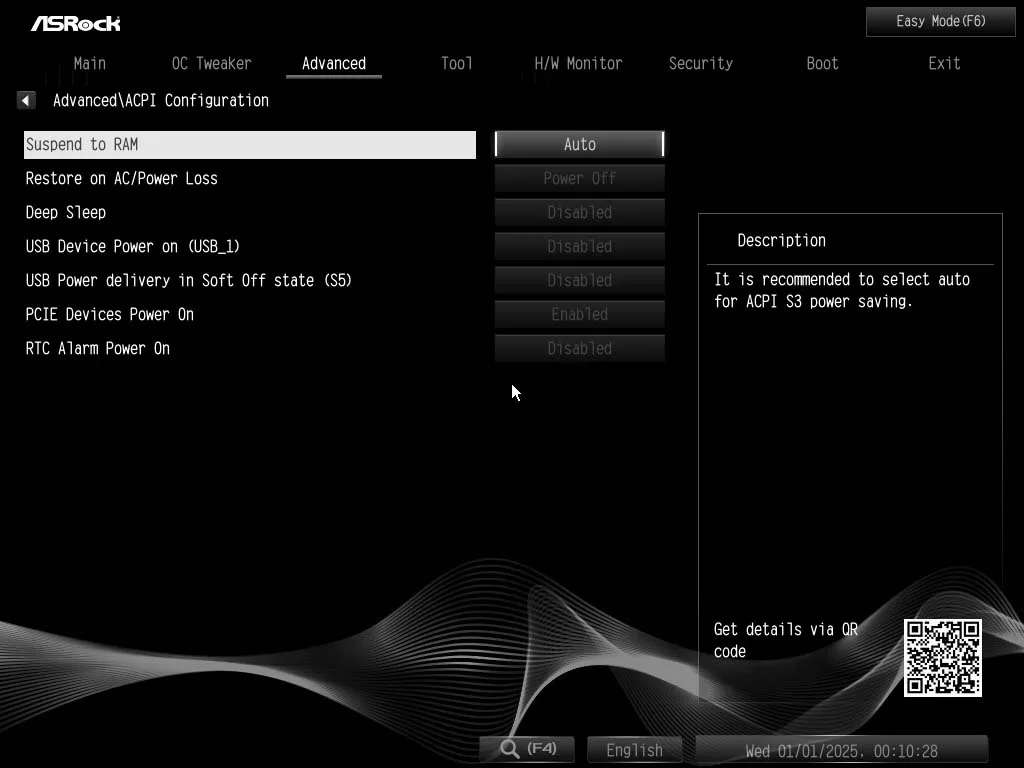
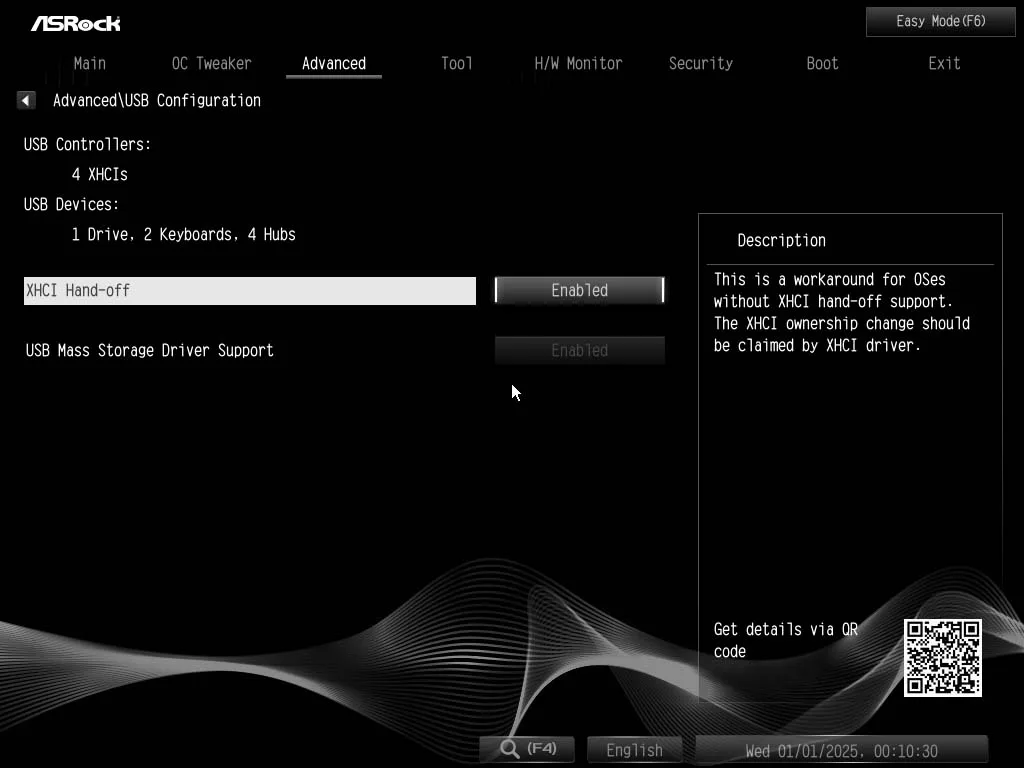
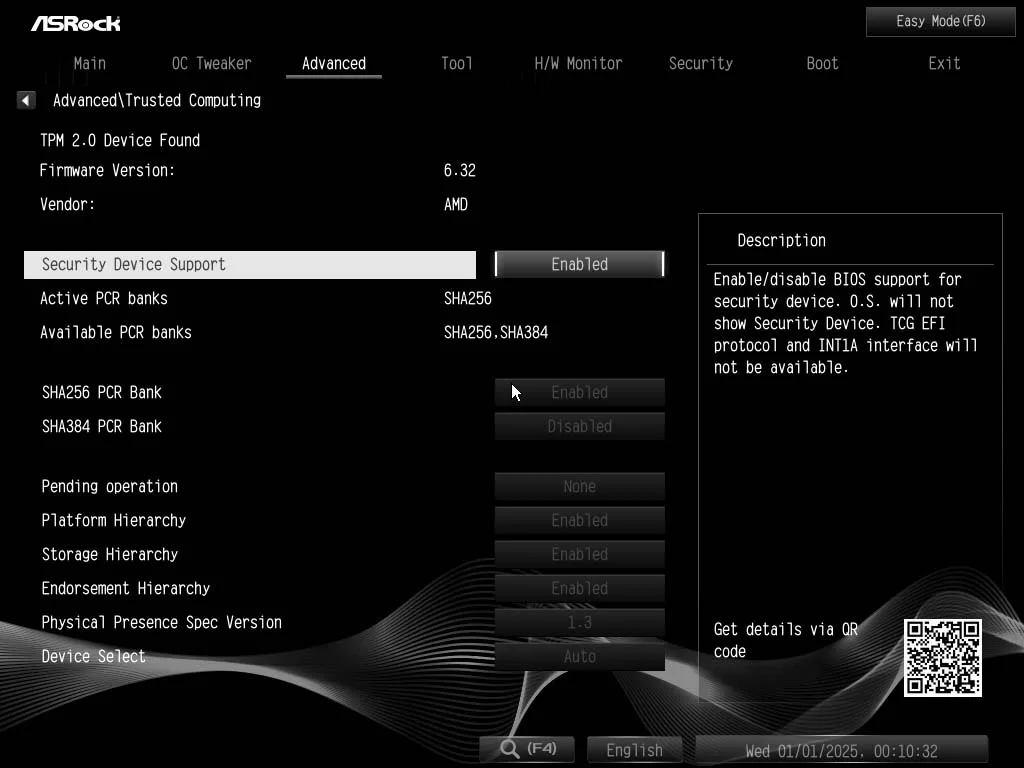
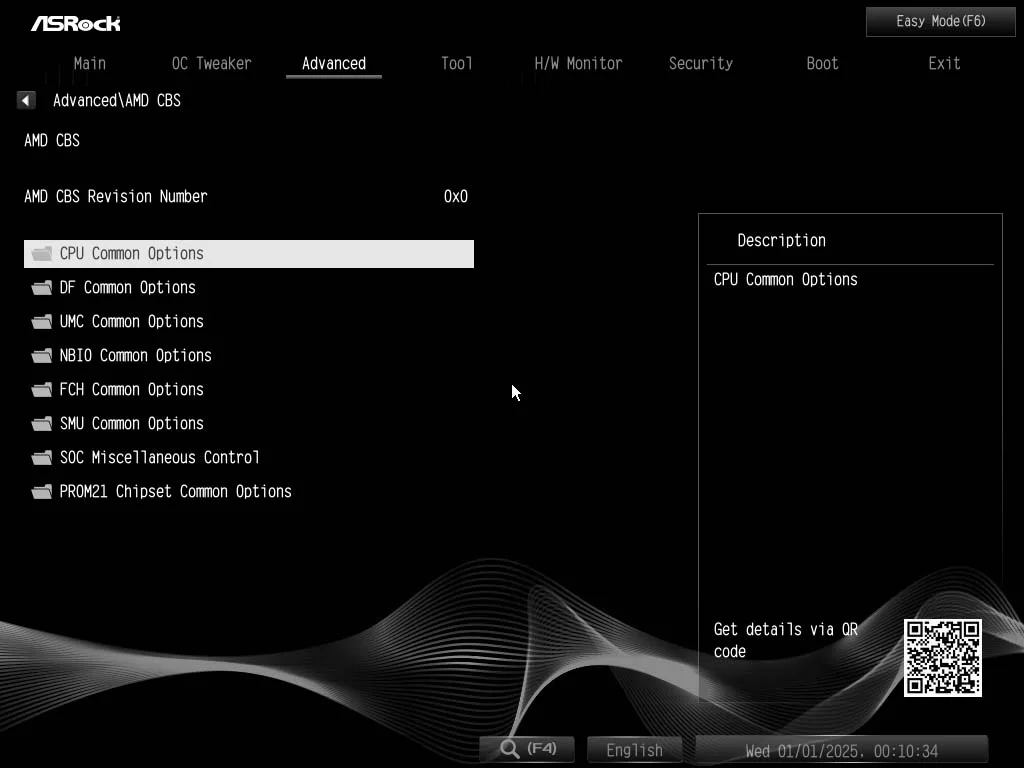
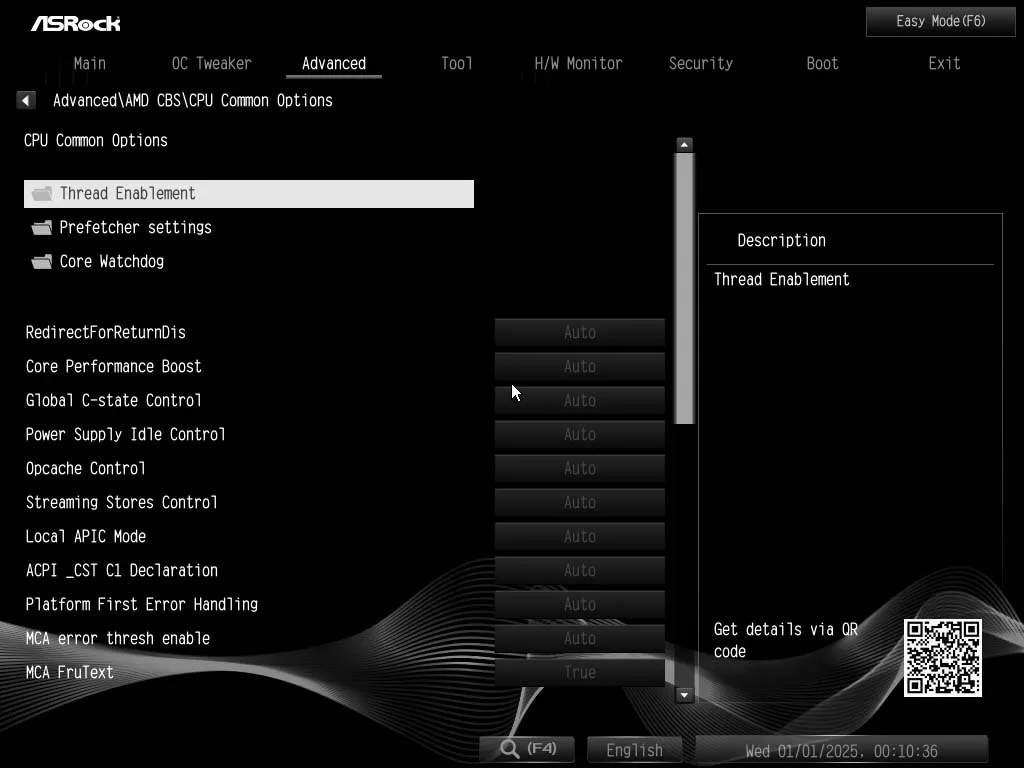
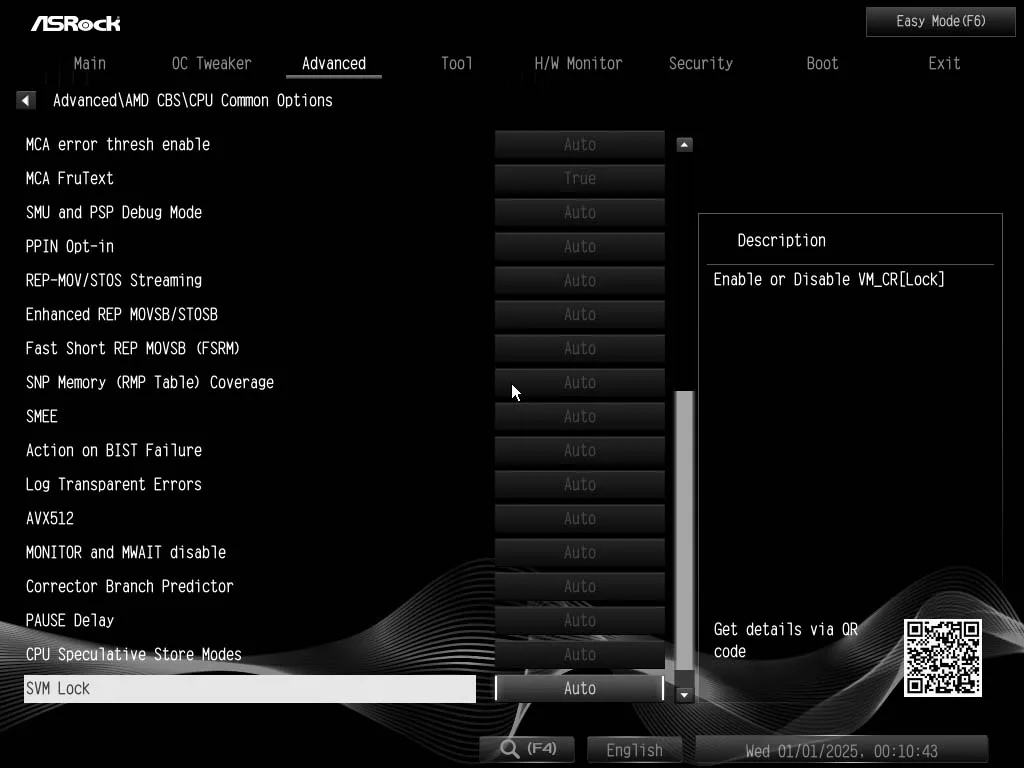
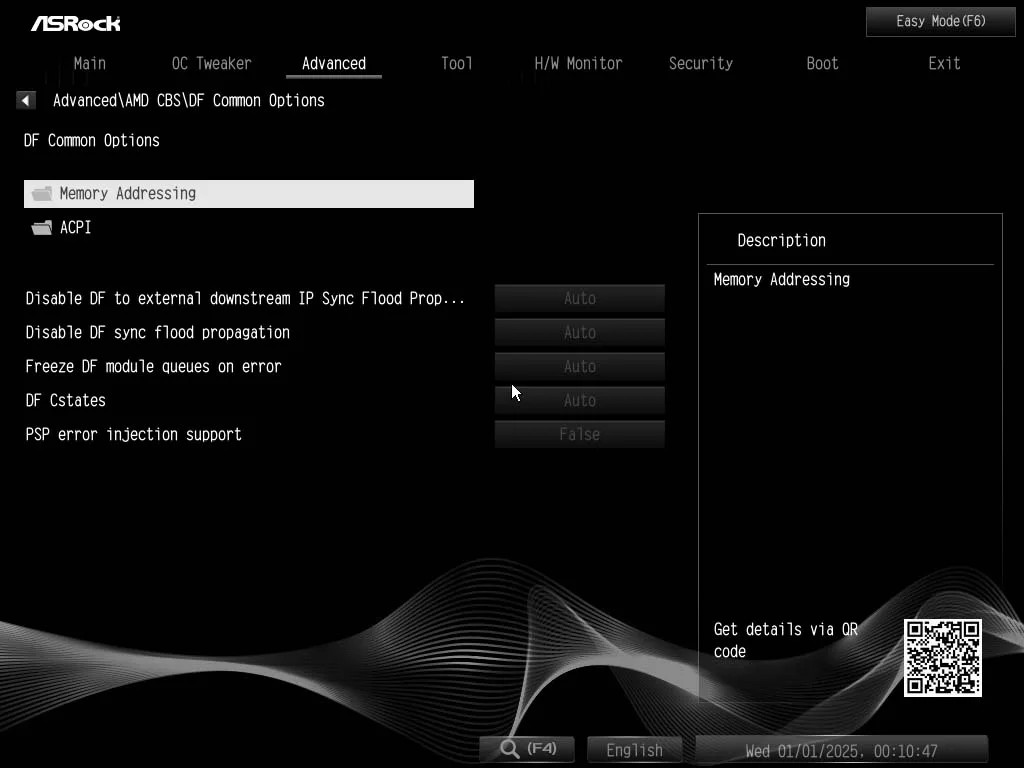
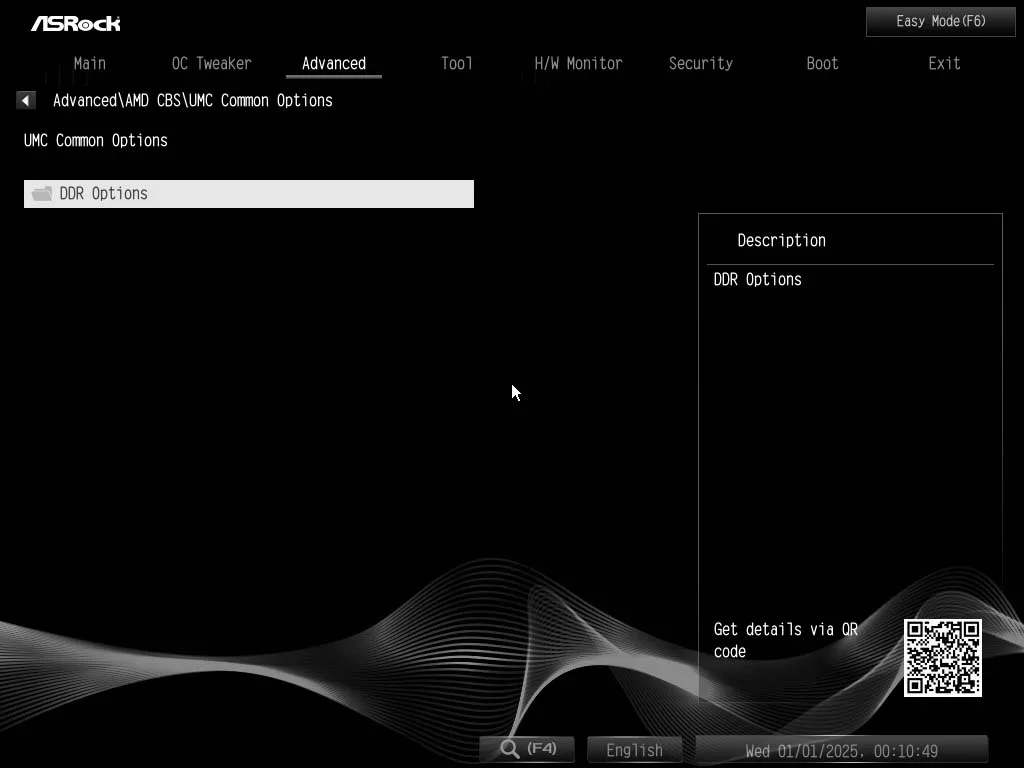
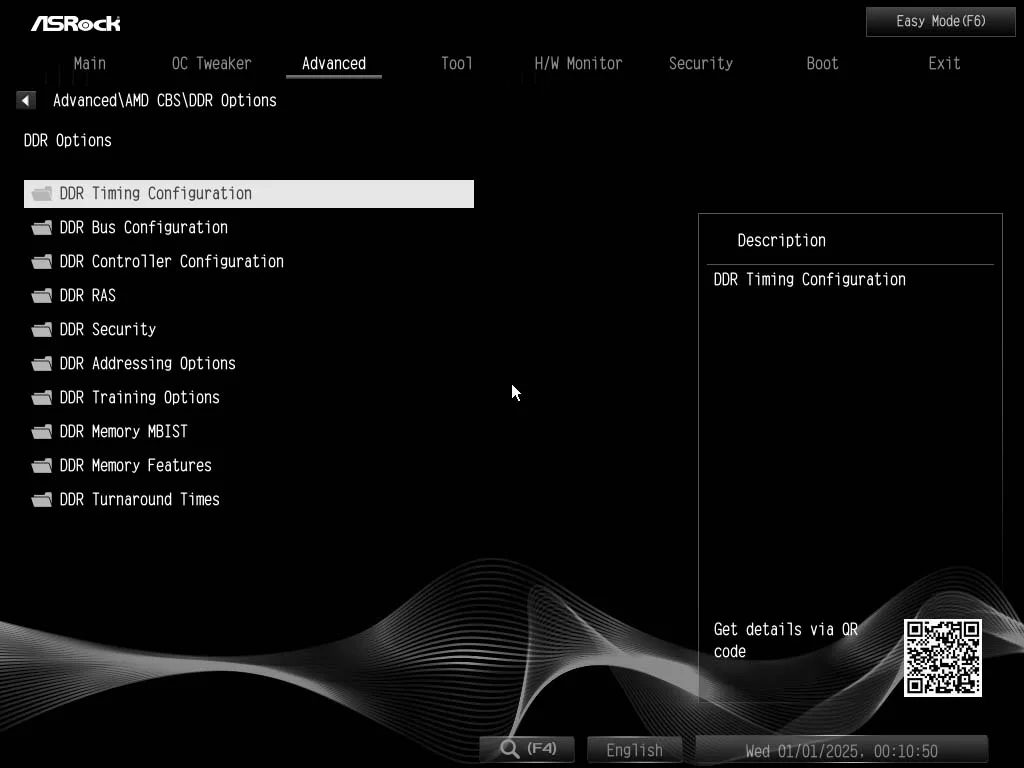
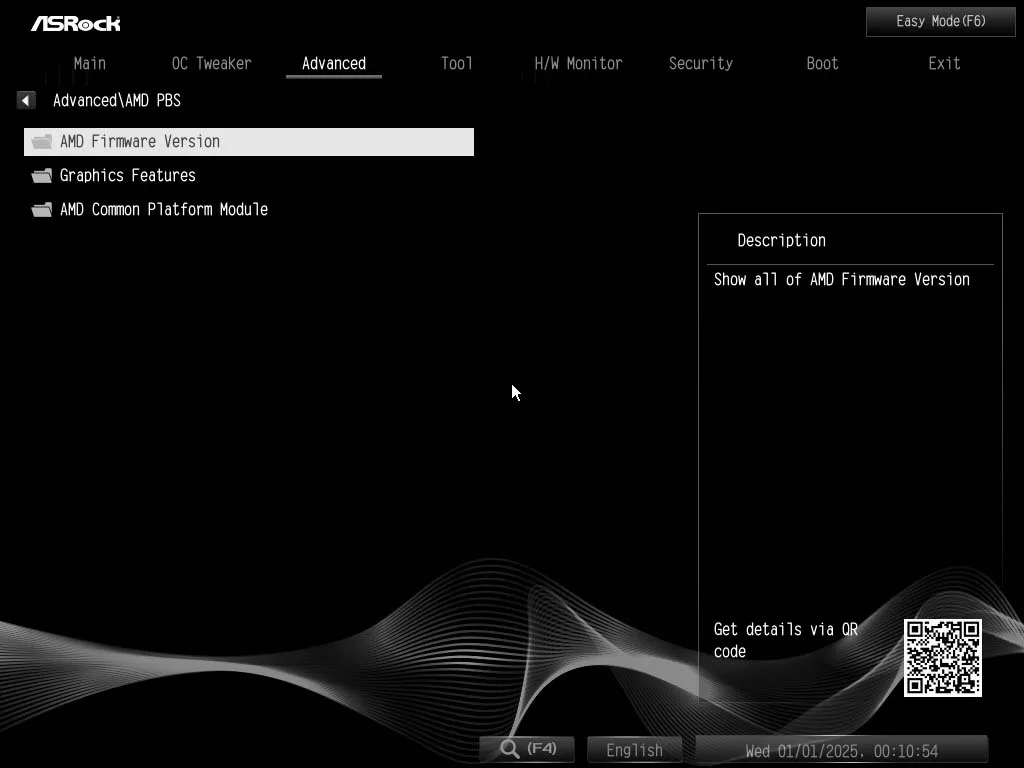
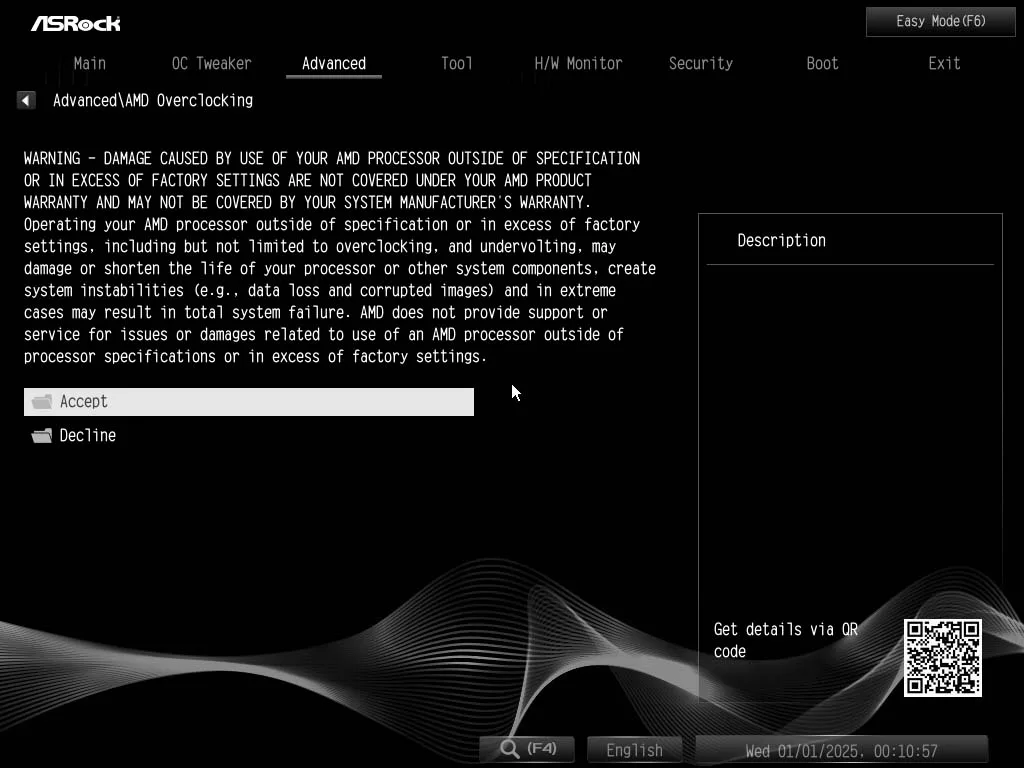
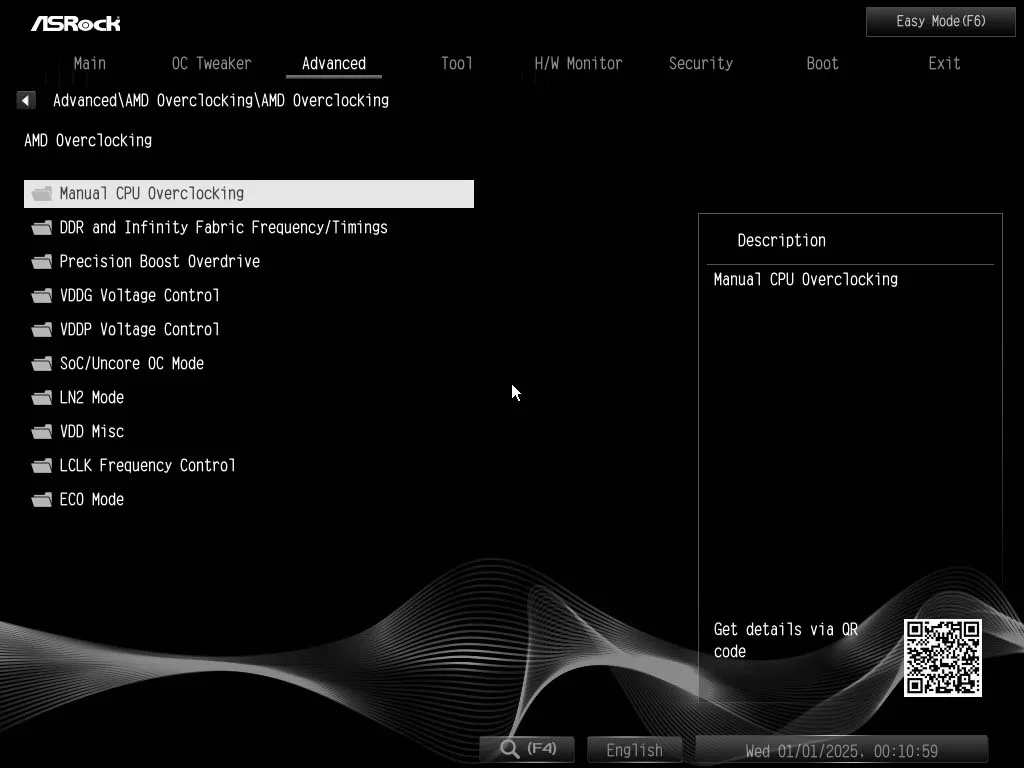
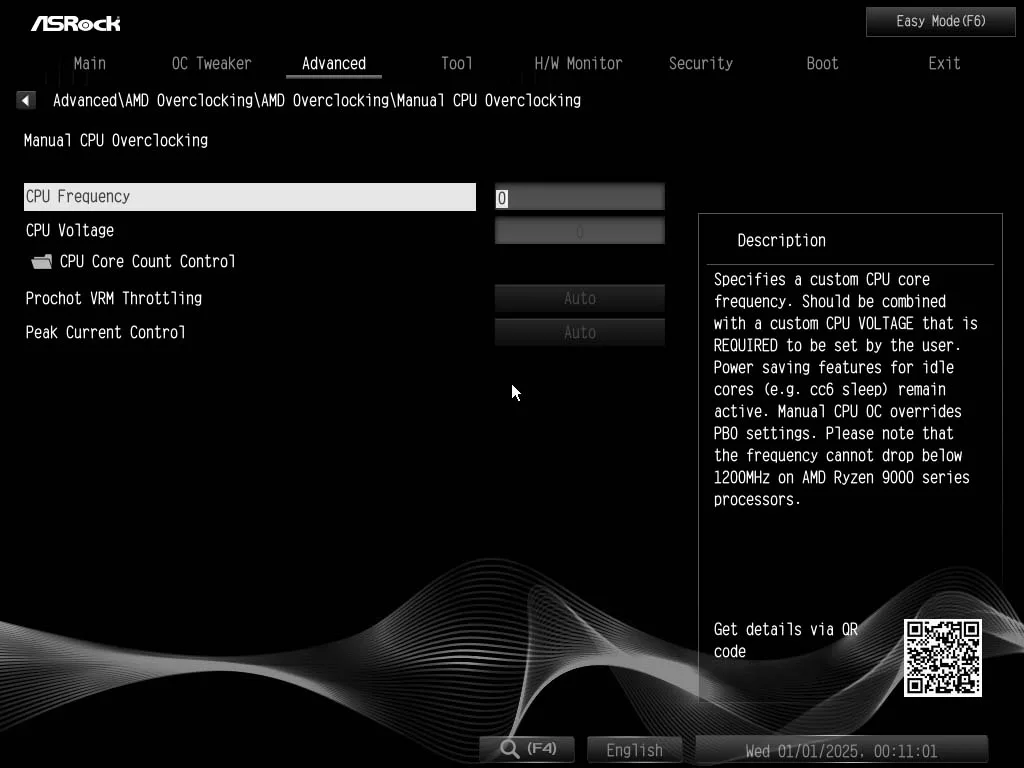
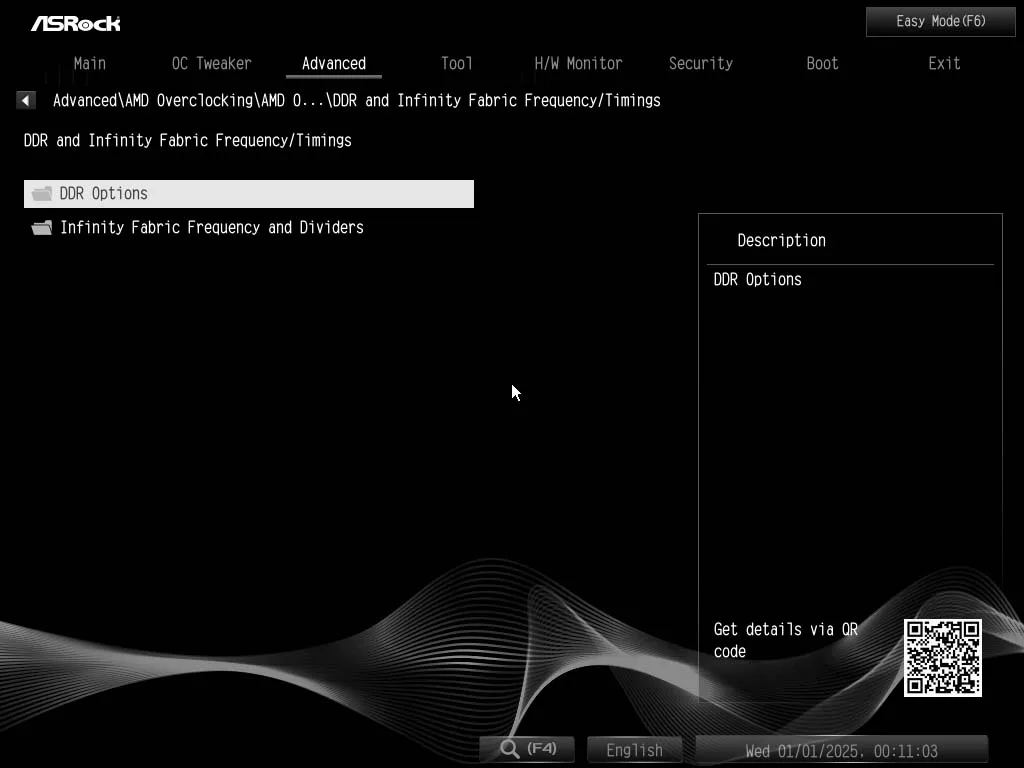
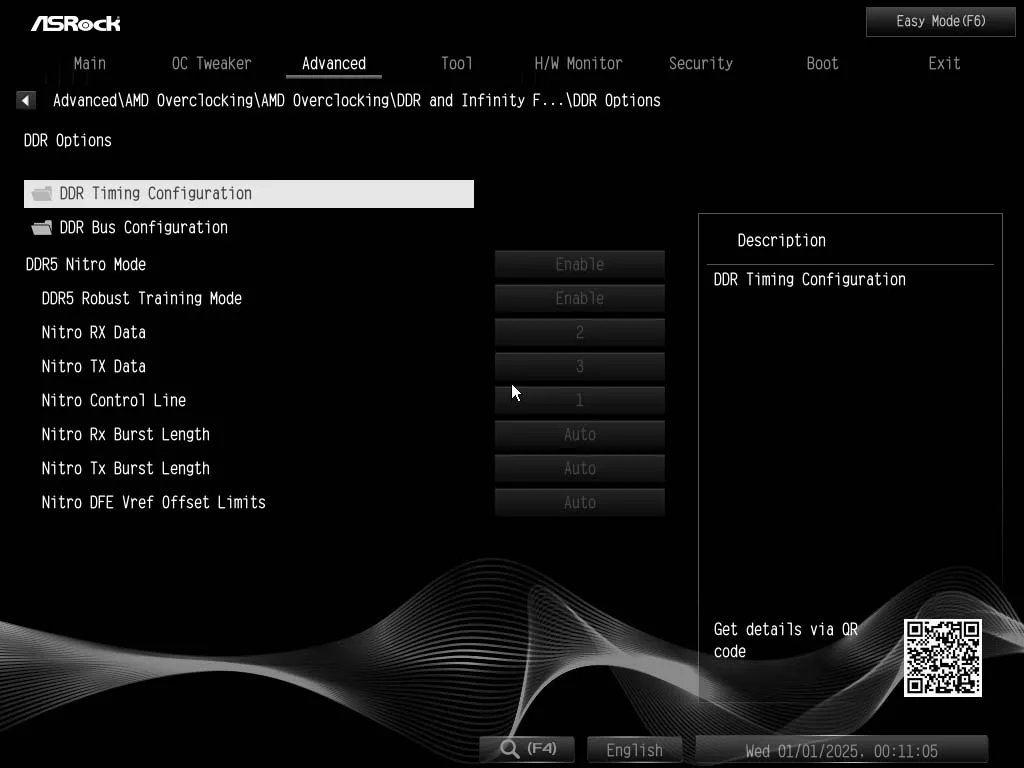
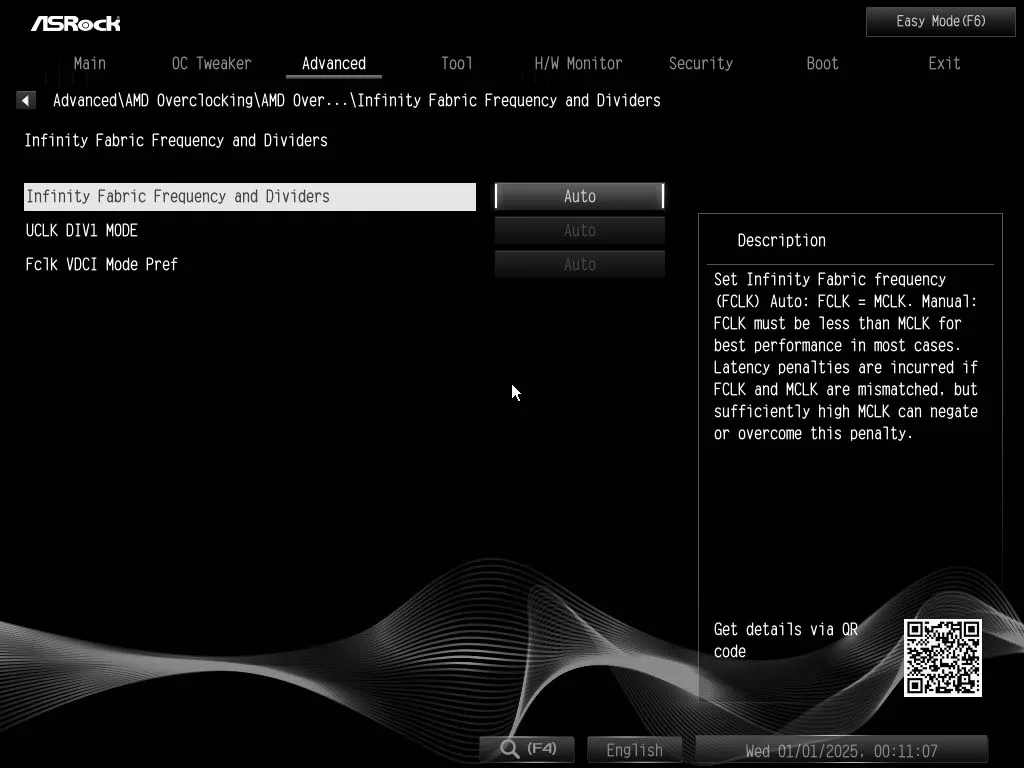
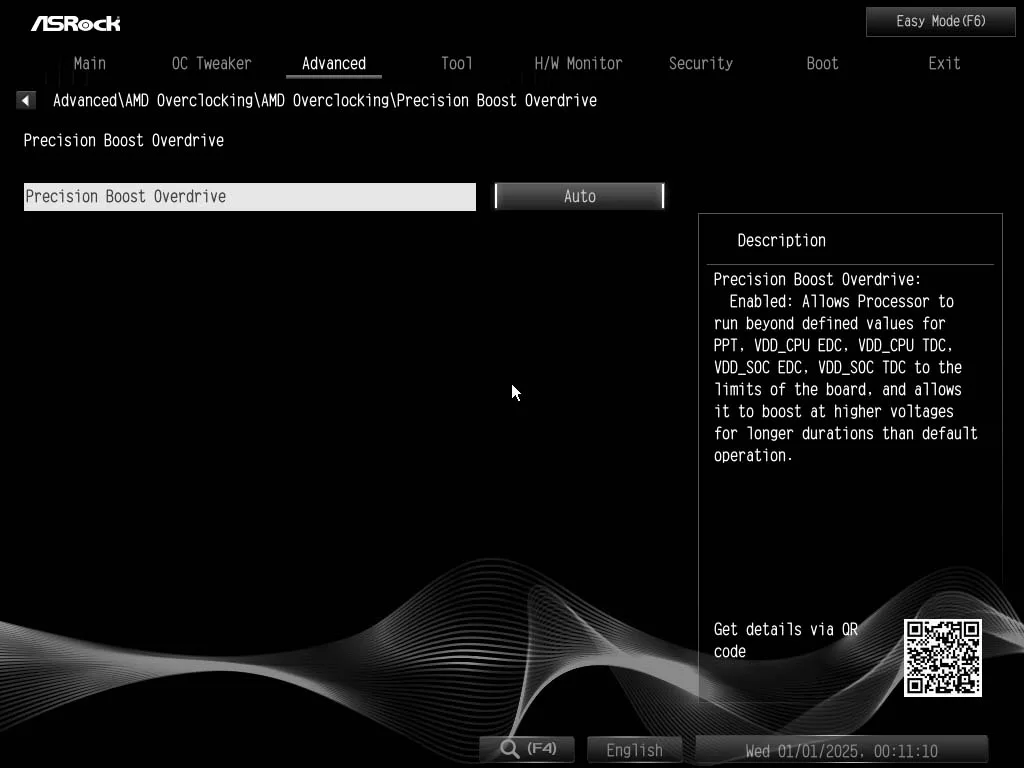
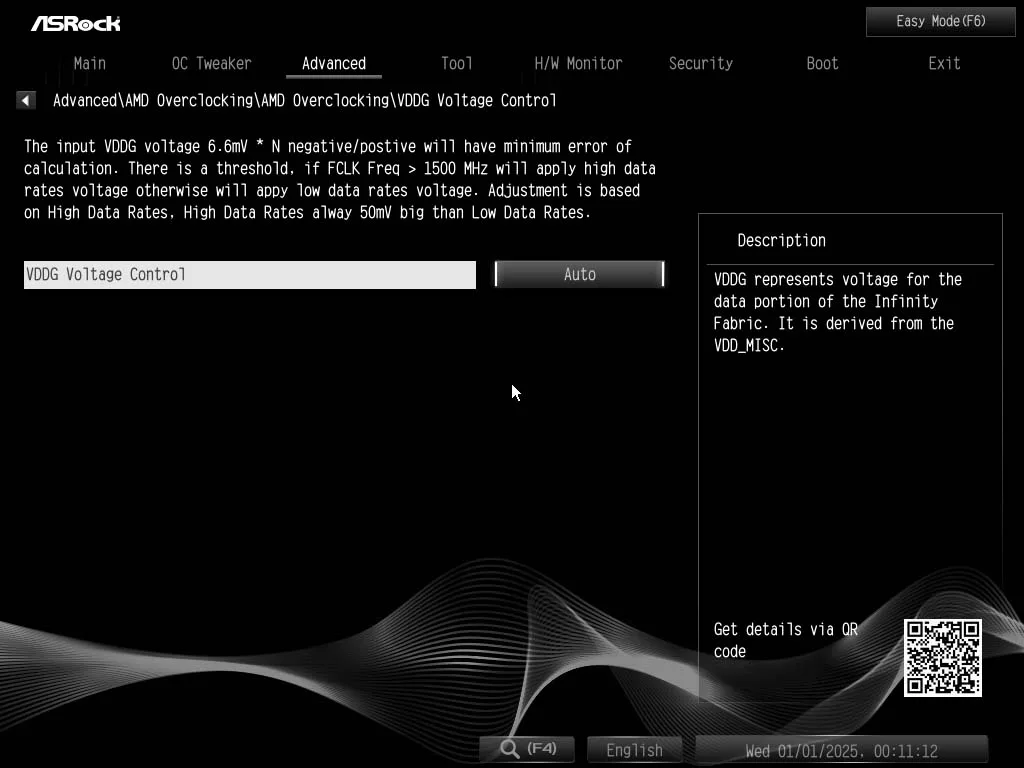
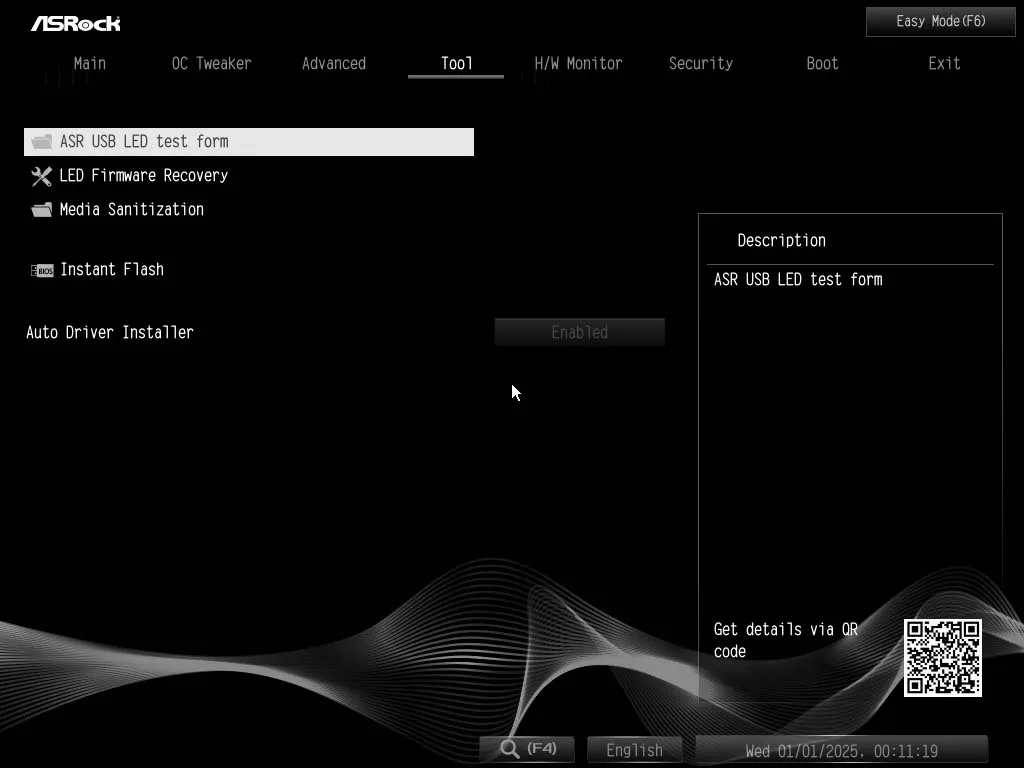
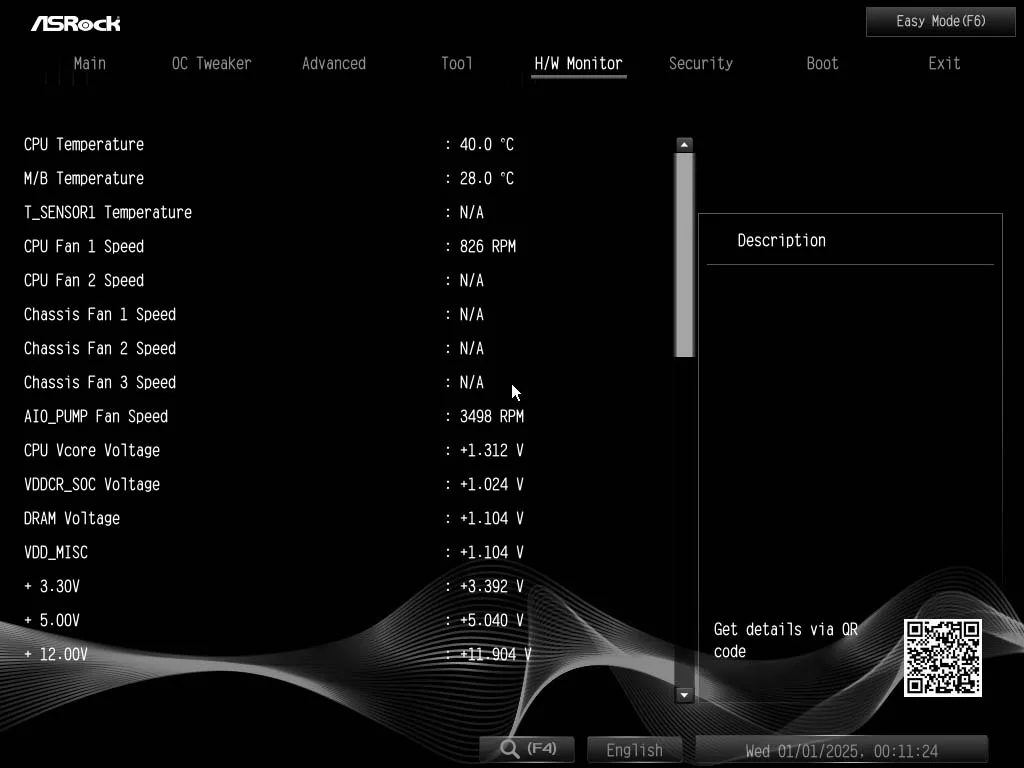
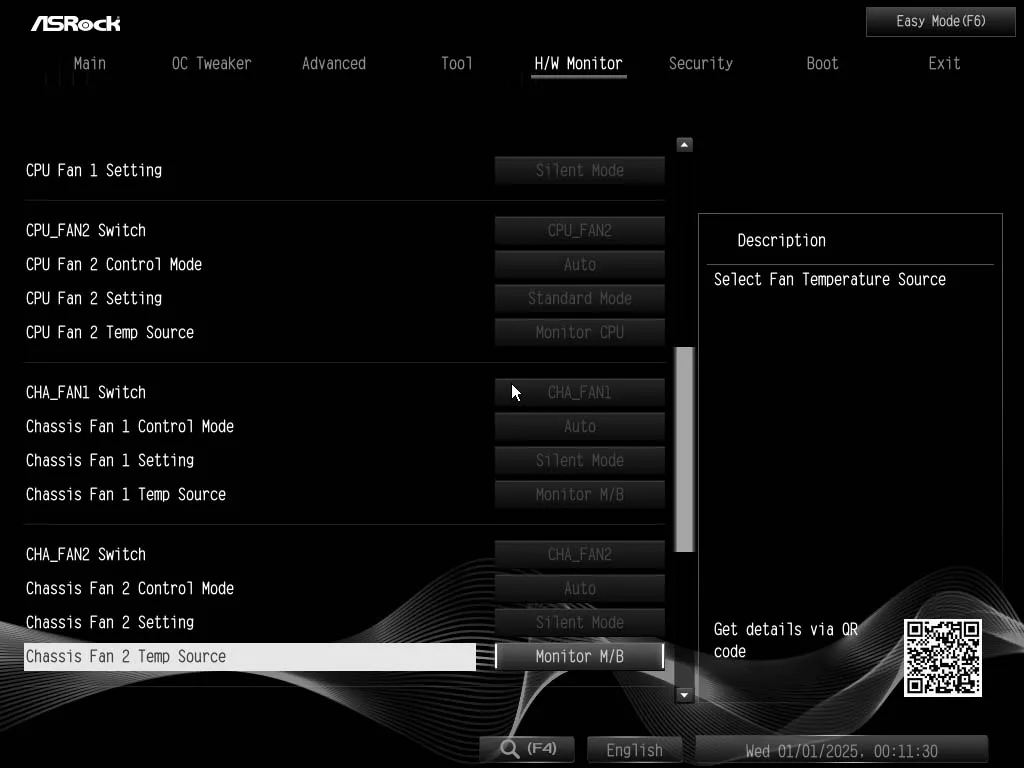
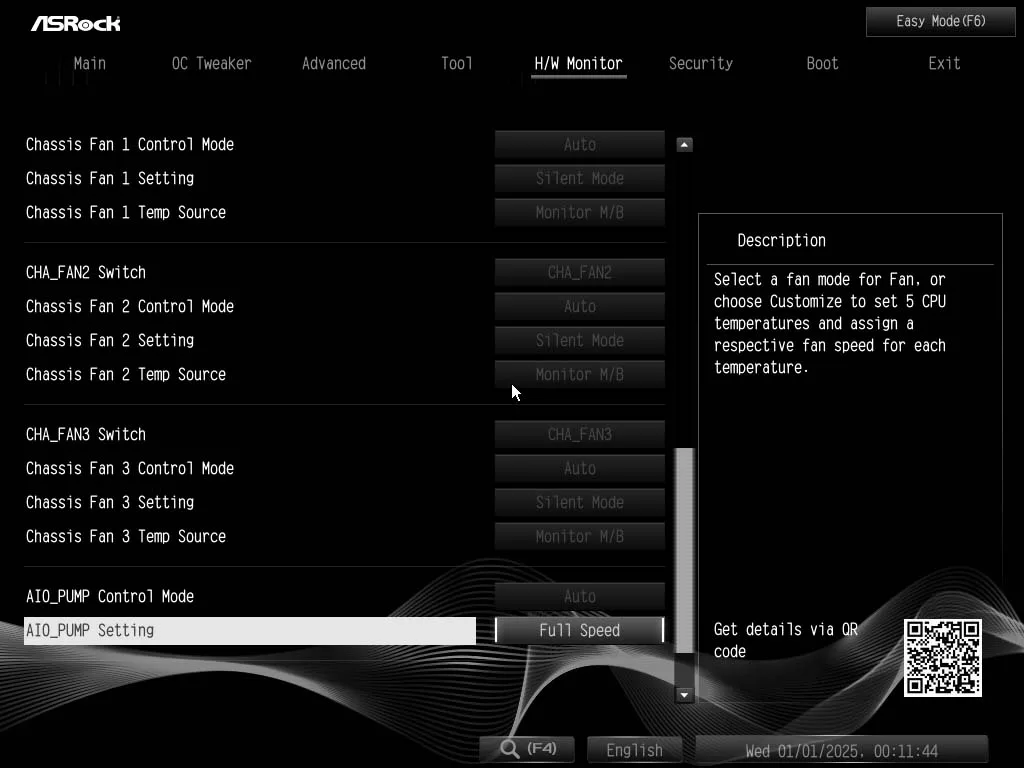
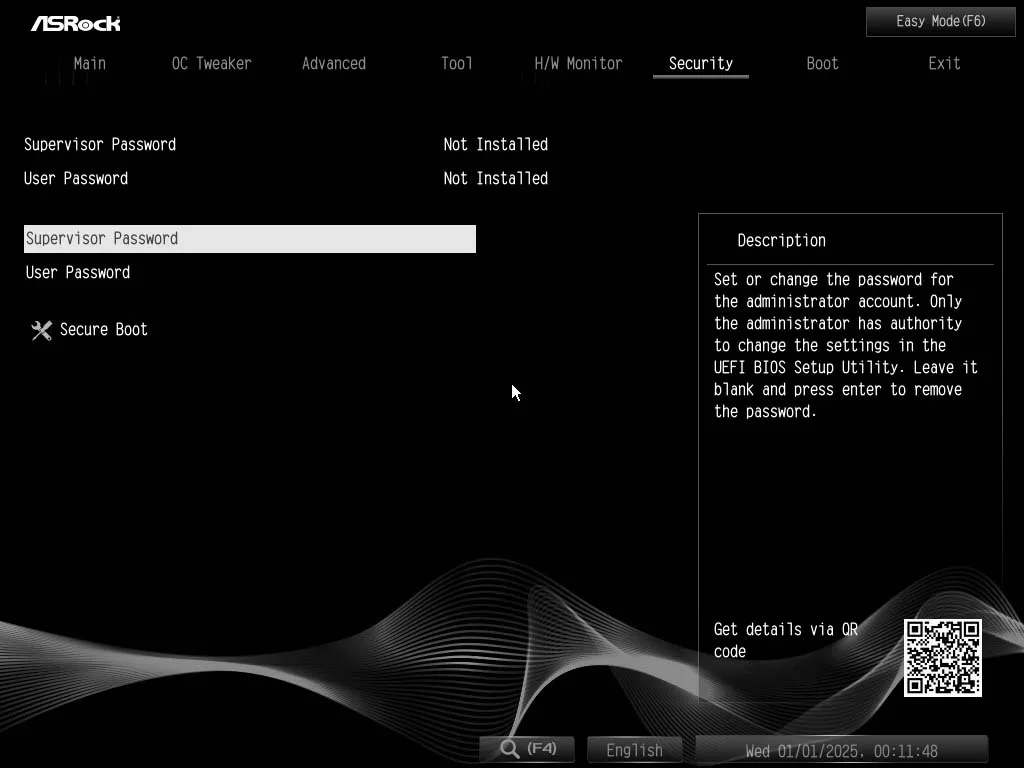
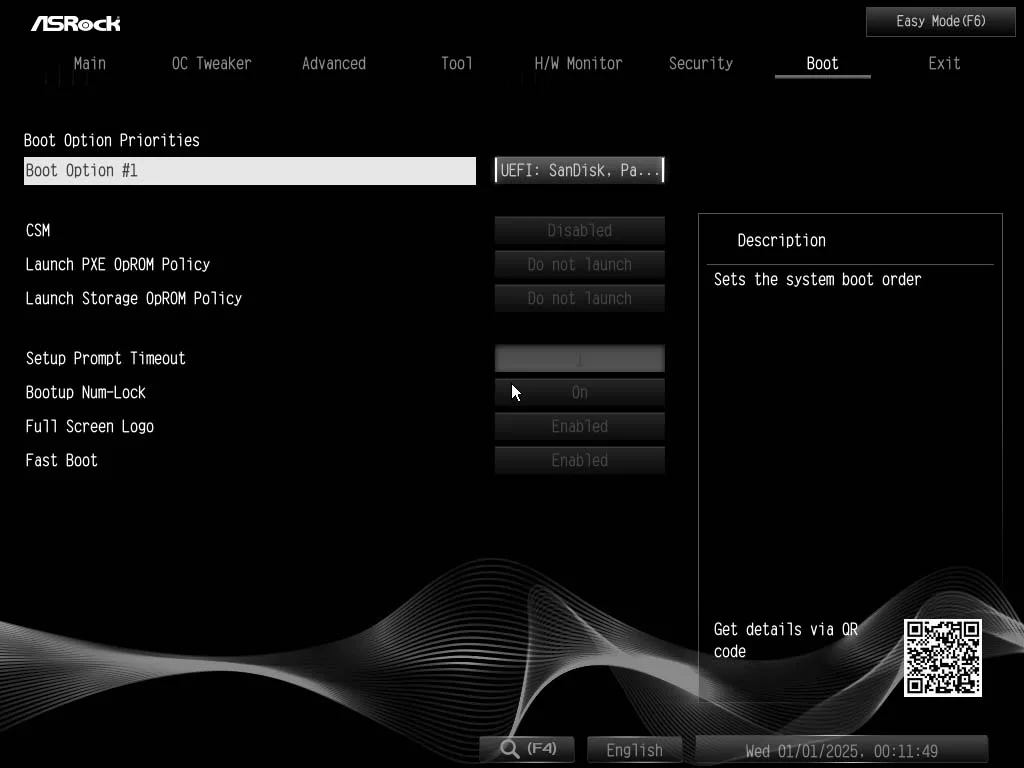
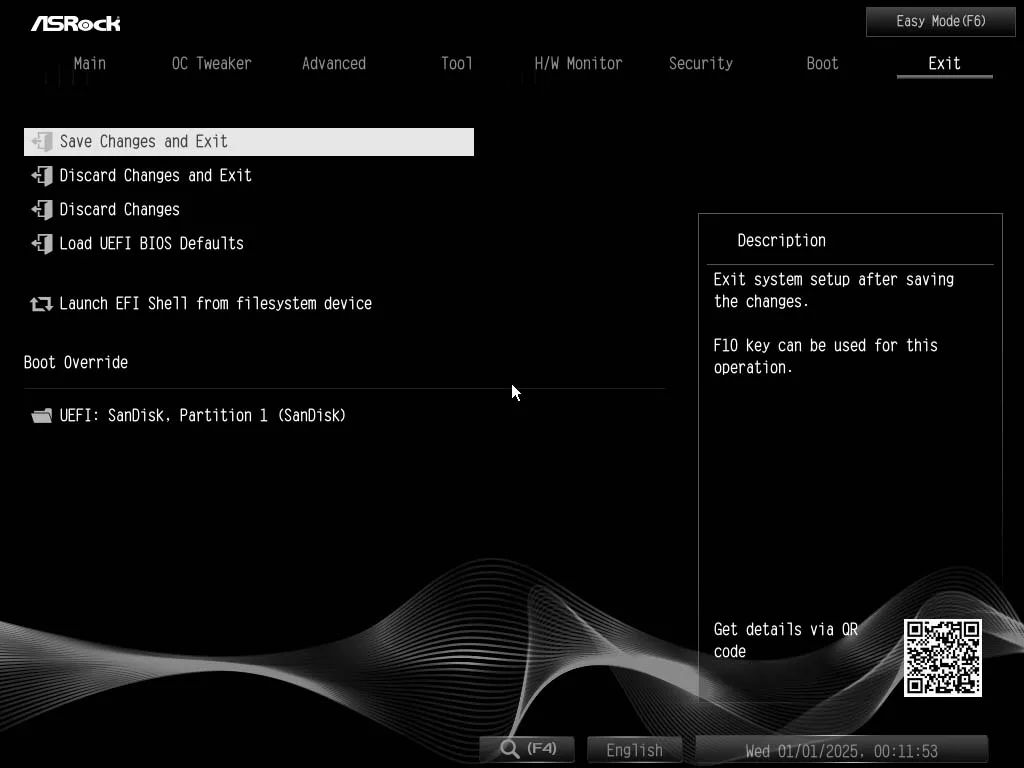
Motherboard Performance
As with all of our recent 2025 reviews, we will be using our new performance section. You will find images of all of our testing results in the gallery, while the following paragraphs summarize what we experienced. As always with our AMD 2025 reviews, we will have the Ryzen 9 7900X as the CPU of choice for testing. There are a few new changes as of this review. Since the last review, we were able to get Blender to work fully again; however, we are not dropping GeekBench6, instead, we are still including it in the review.
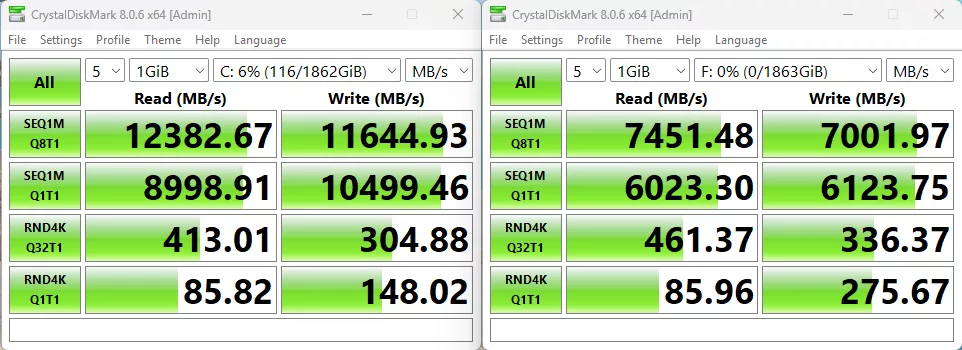
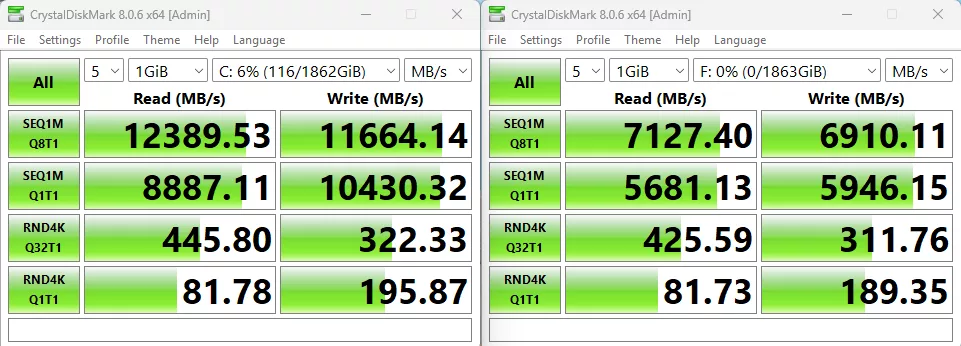
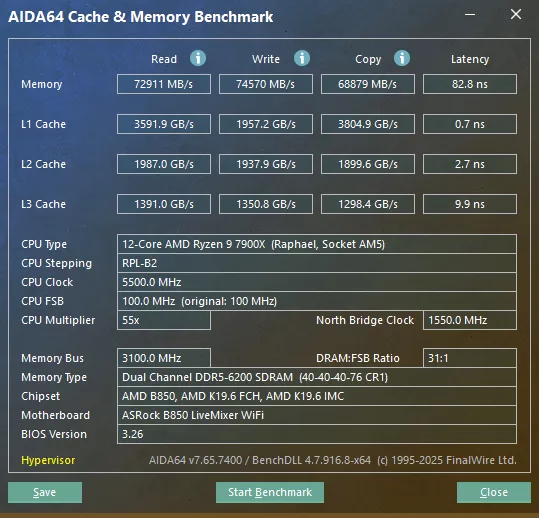
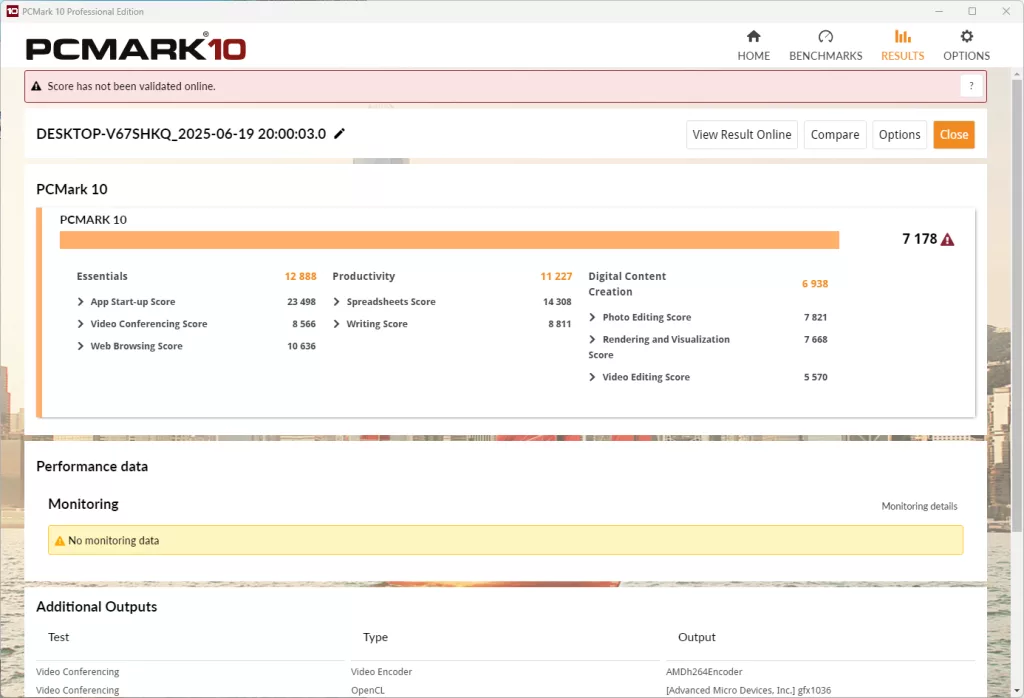
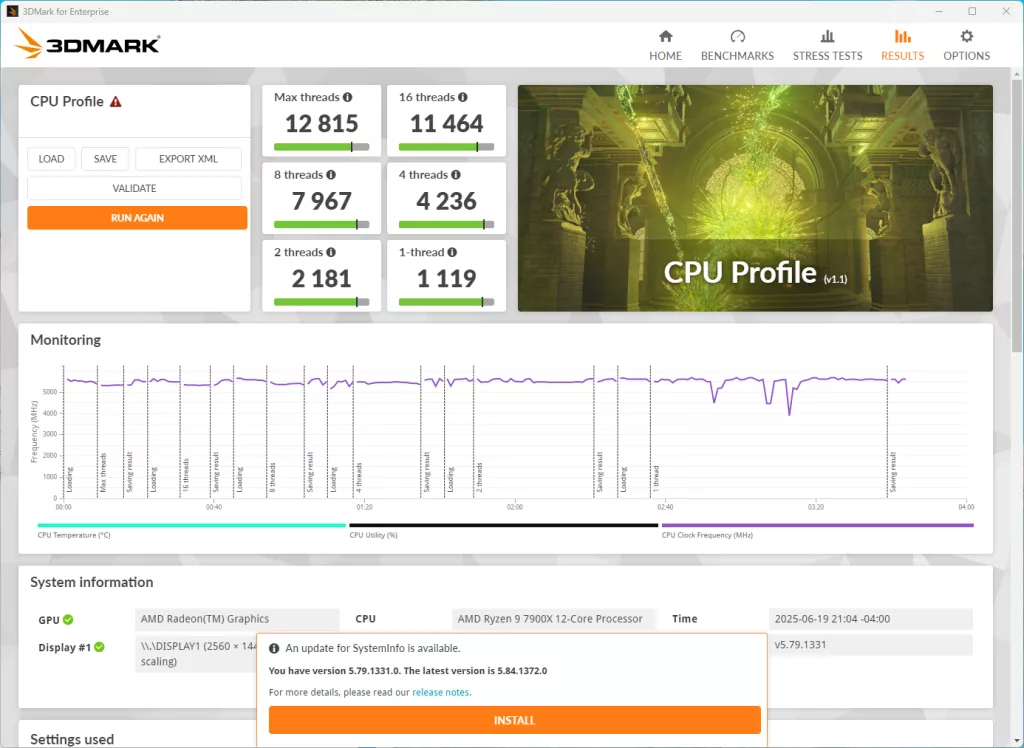
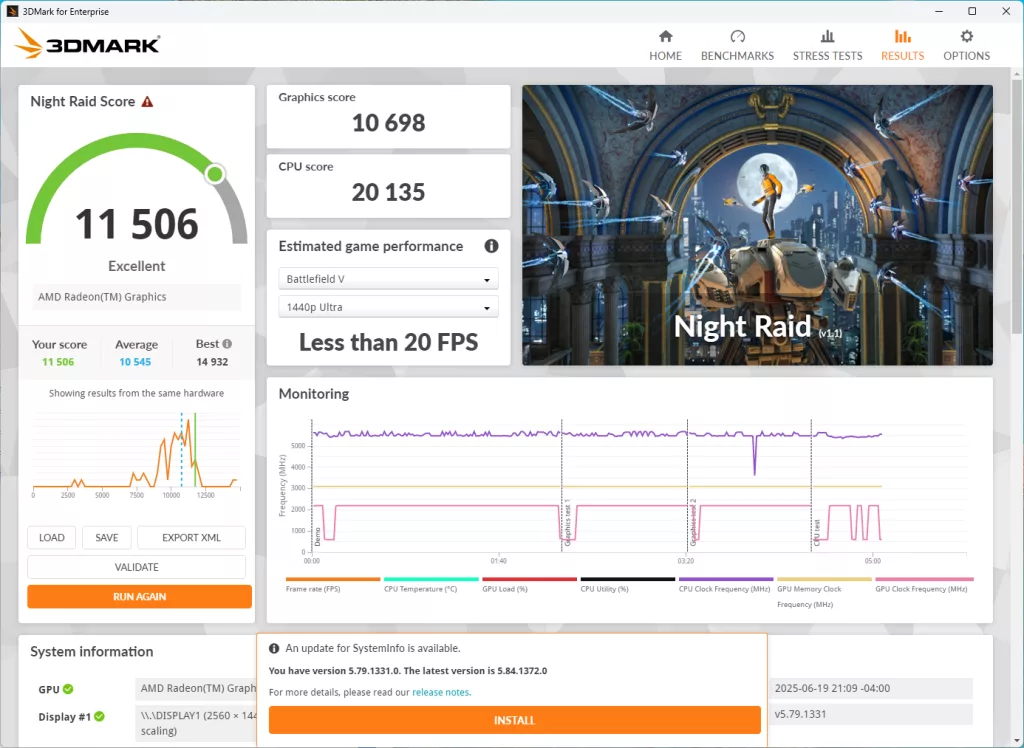
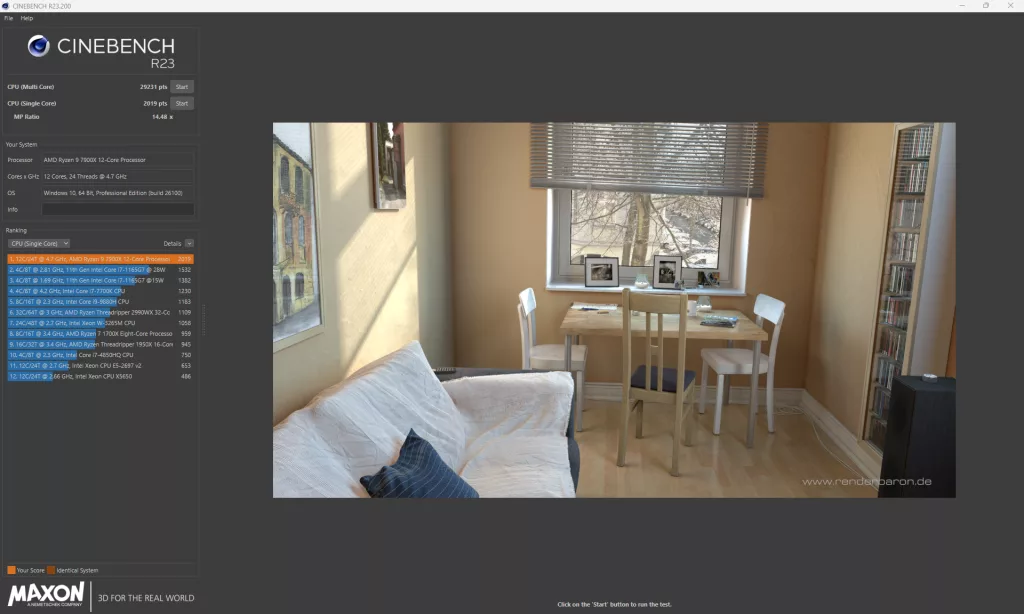
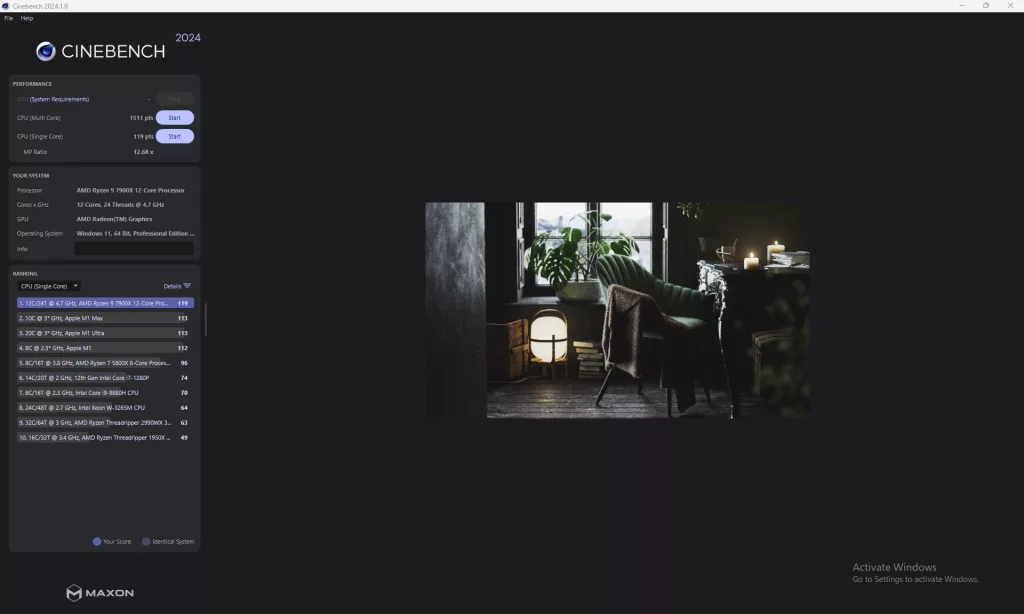
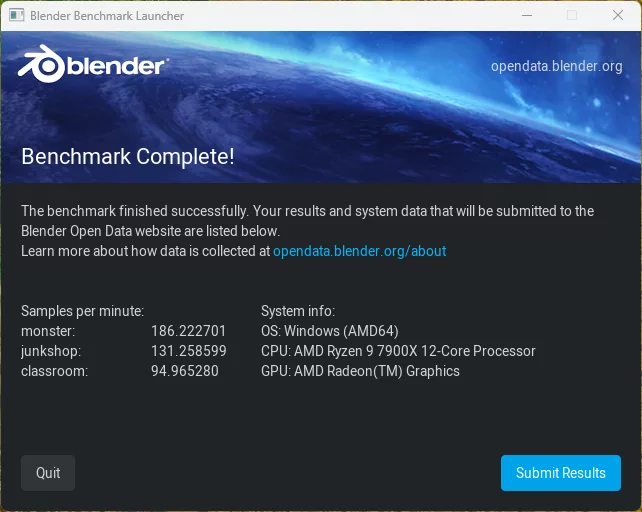
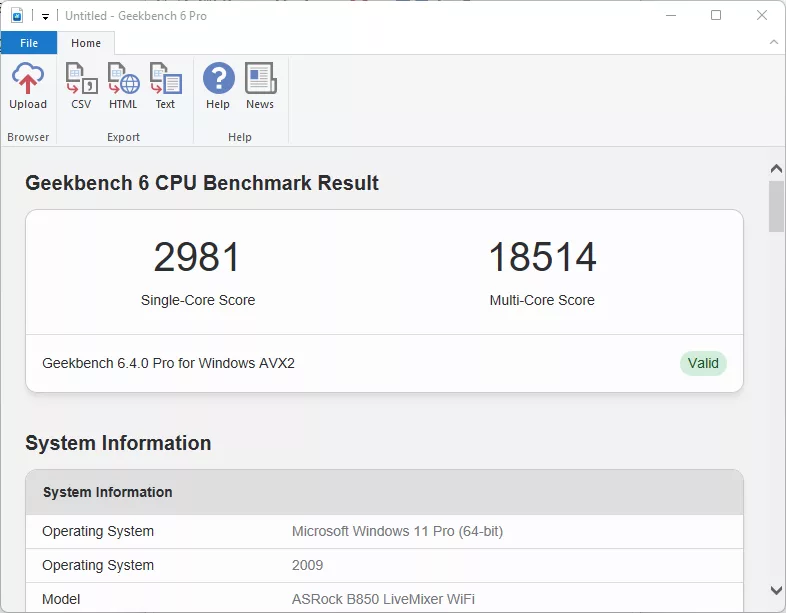
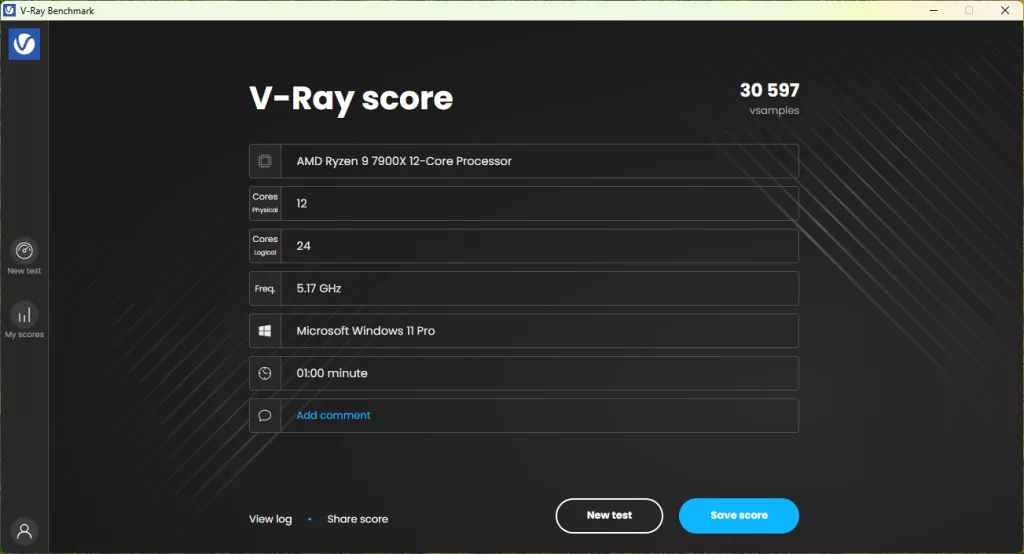
Our first point of testing, like always, is our storage test, and we are back to using our MSI SPATIUM M570 PRO FROZR (originally reviewed at the end of 2023) as our primary drive, and our trusty ADATA LEGEND 970 2TB NVME SSD as our secondary drive. As normal, we ran both drives simultaneously in CrystalDiskMark with the 1GiB profile. Our top scores ended up being with the M2_1 and M2_2 slots being occupied. For the M570, we maxed out at 12,383 MB/s read, and 11,645 MB/s write speed, and 7,452 MB/s read, and 7,002 MB/s write speeds with the LEGEND 970.
Next up is the memory bandwidth test using AIDA64’s Cache & Memory Benchmark. Here, our Patriot memory kit is able to achieve a Memory Read Speed of 72,911 MB/s, a Write Speed of 74,570 MB/s, and a Copy Speed of 68,879 MB/s. These are right in line with what we have come to see with the Ryzen 9 7900X CPU.
After these, we hit the synthetic benchmarks of PCMark, 3Dmark, Cinebench (R23 and 2024), V-Ray, Blender, and GeekBench6. All of these tests came in a little below what we have historically seen with our Ryzen 7900X CPU. For PCMark, we have a total score of 7,178, which is around 2,000 points lower than we have seen on X870E motherboards. With 3DMark, we are back in the scores we are used to seeing, with 12,815 for the Max Threads CPU Profile test result. For Night Raid, we scored 20,135 for the CPU and a total score of 11,506.
With Cinebench R23, we are right in the ballpark again with a Multi-Core score of 29,231 and a Single-Core score of 2,019. Cinebench 2024 might be new to use, but we are seeing the scores come in around what we have in the limited previous testing, with a Multi-Core score of 1,511 points and a Single-Core score of 119 points. Our V-Ray results came in at 30,597 points, right where it should with the Ryzen 7900X. With Blender, we have a score of 186.22 for monster, 131.26 for junkshop, and 94.97 for the classroom test. The last test we ran is Geekbench 6 Pro, where we received a Single-Core score of 2,981 and a Multi-Core score of 18,514, which are roughly the same as the only other time we have run this test for the Ryzen 7900X.
VRM Temperature
As with all motherboard testing in 2025, we have our VRM temperature test. For this test, we run Cinebench 2023 for a minimum of 15 minutes, on Multi-Core to fully stress the system. After this, we record the temperature for the VRM/MOSFET as reported by the most current version of HWiNFO 64, as well as a manual temperature reading with a Handheld Infrared thermometer. All testing occurs at an ambient temperature of approximately 75°F (24°C).
With the ASRock B850 LiveMixer WiFi having a decent-sized Heatsink, we expected pretty decent results under load, and we were not surprised with the results. We recorded a Chipset maximum temperature of 49.2°C, however, there was no clear temperature provided in the latest HWiNFO for the MOSFET / VRM’s. Our handheld infrared thermometer gave us a maximum temperature of 42.8°C, and the chipset of 44.4°C.
Conclusion
The ASRock B850 LiveMixer WiFi is a motherboard marketed at a very specific market, the streamer market. ASRock has provided the standard Gen5 PCIe X16 slot, along with two (2) more Gen4 X4 slots intended to be used for video capture cards. They have gone the extra step in confirming compatibility with many of the more popular video capture cards as well, which should be an added plus for users looking at the LiveMixer series of motherboards.
Installation and Use
Setup for the ASRock B850 LiveMixer WiFi was quick and easy; no real roadblocks or hiccups came up as we got it going. Physical installation was as easy as one can expect, the tool-less installation for the primary M.2 slot, and the anti-drop screws for the heatsink on the other two slots made for a relatively painless installation.
The UEFI was updated with zero issues and was quick and easy to navigate. Windows itself installed with no issues, and found most drivers automatically either through Windows update, or through ASRock’s Auto Driver Installer, though we recommend you check for the latest chipset drivers at a minimum on your own from AMD’s website.
Final Points
This motherboard fills a very specific market segment, and that is not the average user. The ASRock B850 LiveMixer WiFi is targeted at those who are looking to stream anything, from Twitch game streaming to live broadcasts for events. The pre-testing ASRock has done to confirm compatibility will be appreciated. Overall, the motherboard met or exceeded our performance expectations, along with its ease of use for installing into any of the three (3) NVME drive locations, or if you were to install a GPU in the uppermost PCIe slot. At the price of $190, this motherboard has lived up to its price point; however, there might be better options for the money if you are not looking for a streamer-centric motherboard, be sure to check around online for the best pricing; it can and will fluctuate over time.



